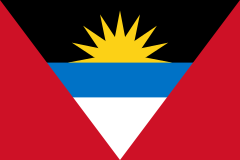
Visa and entry requirements Antigua and Barbuda:
Passport required
No visa is required
Information from the Foreign Office about your trip to Antigua:
https://www.auswaertiges-amt.de/de/antiguaundbarbudasicherheit/227042
Antigua and Barbuda is an island nation in the Eastern Caribbean, consisting of the islands of Antigua, Barbuda and the uninhabited island of Redonda. Geographically, the country is located between the North Atlantic and the Caribbean, southeast of Puerto Rico, east of St. Kitts and Nevis, northeast of Montserrat and north of Guadeloupe.
The state of Antigua and Barbuda is one of the Lesser Antilles, also known as the “Leftward Islands”, and has around 100,000 inhabitants, of which only around 2,000 live on Barbuda.
By far the largest island is Antigua, which is also home to the capital Saint John. The common East Caribbean dollar is used as the national currency, with 1 euro corresponding to around 3 XCD. The official language on the archipelago is English.
The climate on Antigua and Barbuda is tropical all year round, which is why the country is repeatedly exposed to strong tropical cyclones in the summer months.
The largest towns on the island include Saint Johns, All Saints, Liberta, Potters Village, Bolands and Swetes.
The capital and largest city of the Caribbean country is Saint Johns with around 30,000 inhabitants. There is an overseas port in Saint Johns, which, in addition to freight traffic, is also visited by many cruise ships. Around 1,000 ships are now registered under the flag of the island state, taking advantage of the tax advantages of Antigua and Barbuda, among other things.
The capital's landmark is Saint John's Cathedral, the city's main church.
Other important attractions in Antigua include the Shirley Heights viewpoint, Redcliffe Quay, Fort Barrington, Heritage Quay shopping center, Fig Tree Drive through the tropical rainforest, the small island of Hells Gate, Jolly Harbor, Harmony Art Gallery, VC Bird Monument, Family Cathedral, Fort Berkeley, Monks Hill, St Barnabas Church, Farmers Market, St Peters Church, English Harbour, Nelson Dockyard National Park, Fort James, Court Palace as well as many stunning long white sandy beaches.
The main attraction of the northern neighboring island of Barbuda is the large bird reserve.
In July 2015 I visited Antigua, the island of 365 beaches, for the only time so far. I took off from the island of St. Kitts in the morning with the largest Caribbean airline LIAT.
Antigua is without a doubt one of the most beautiful islands in the entire Caribbean; you can marvel at the wonderful coastal landscape on pretty much every hill.
The capital, Saint John, is a colorful and lively port city with a lively market and beautiful colonial buildings. It's great fun to walk through the streets and explore the city on foot. The almost unmanageable number of market stalls give the city a very special charm. The pier for cruise ships is very modern and offers several cozy bars and restaurants in the surrounding area.
Far away from the hustle and bustle of the capital, the focus was of course on relaxing on one of the many white sandy beaches. Because of the total of 365 different options on the entire island of Antigua, I could practically choose the most beautiful and closest beach.
Also very interesting was a tour of the island over the quite hilly Antigua. The constantly changing height differences and fantastic panoramas from the various viewing points are almost unique in the Caribbean and definitely worth a trip.
Overall, the island of Antigua with its impressive landscape is a very worthwhile travel destination in the Caribbean. However, due to the increasing number of visitors from cruise ships docking there, the prices in the capital's restaurants and bars are not particularly cheap.
I then took the ferry to the volcanic island of Montserrat.



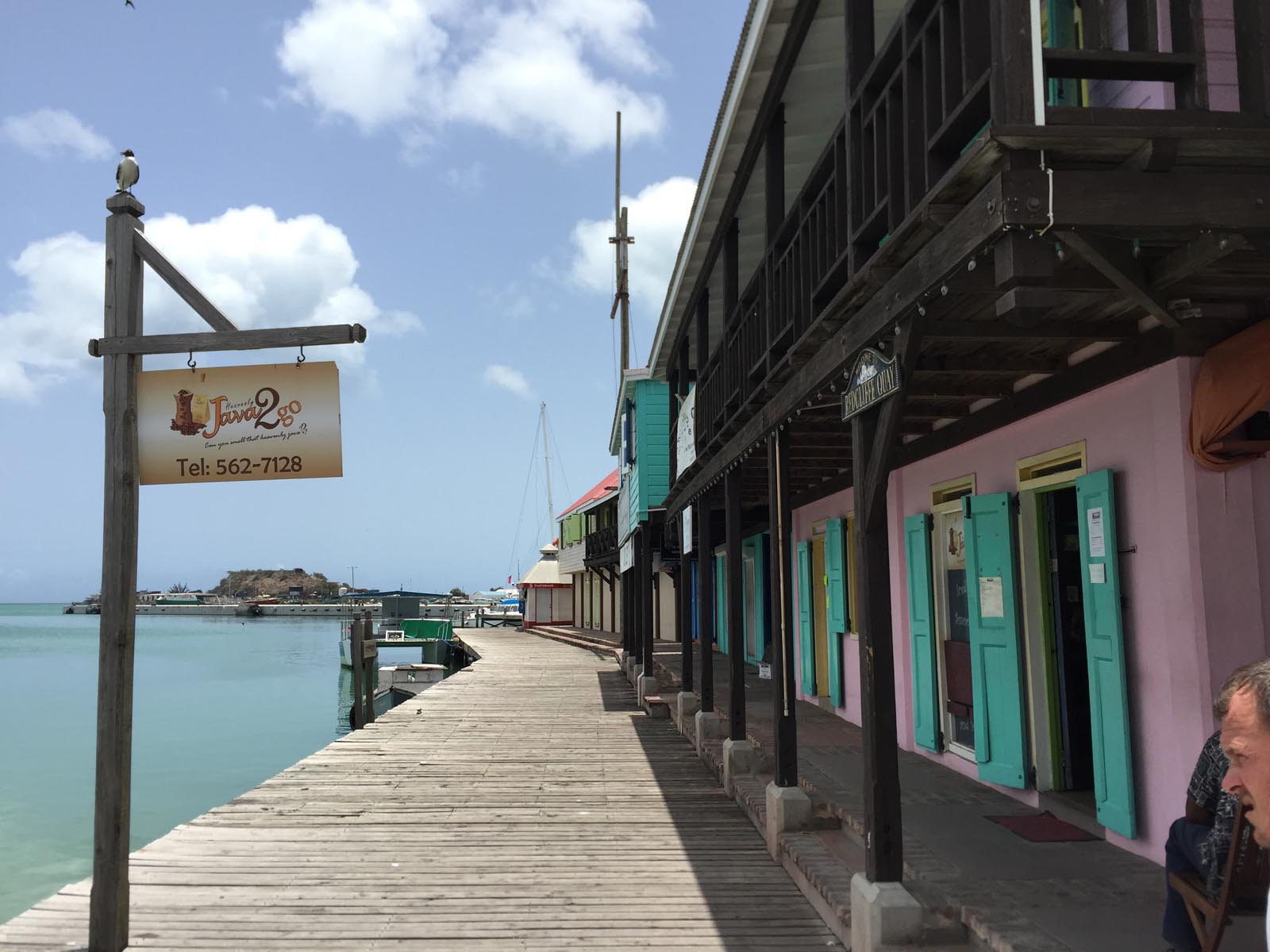
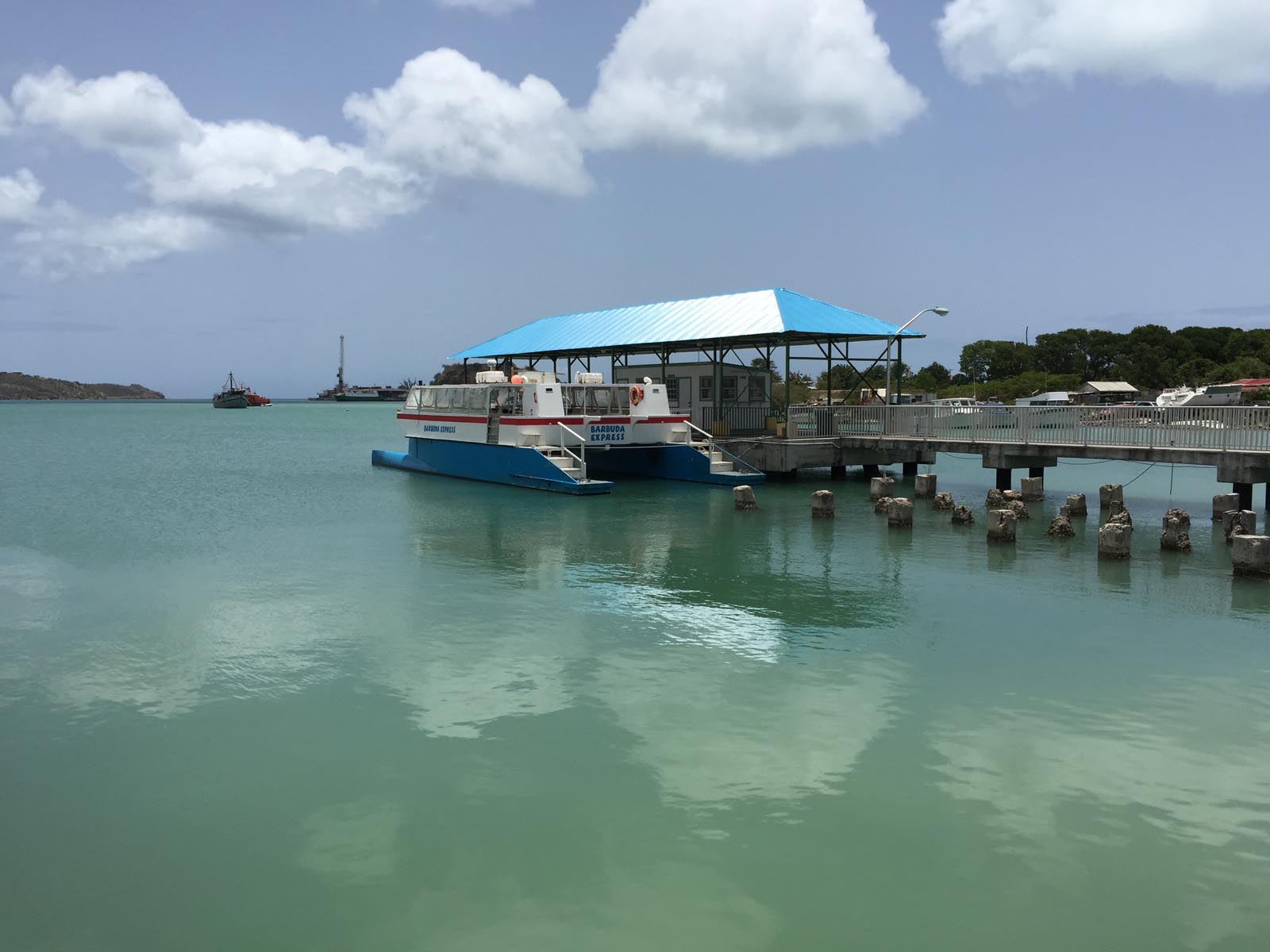
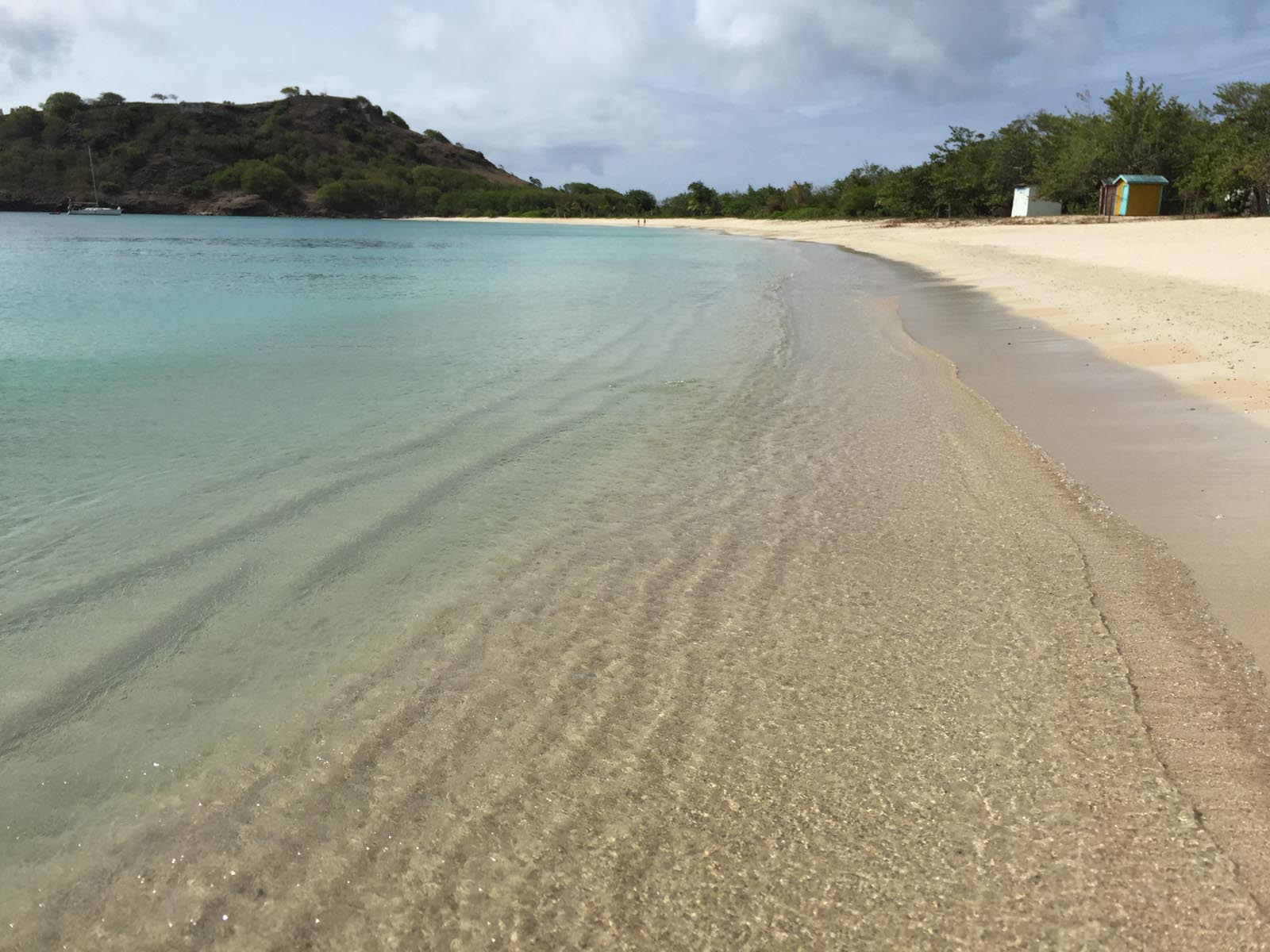
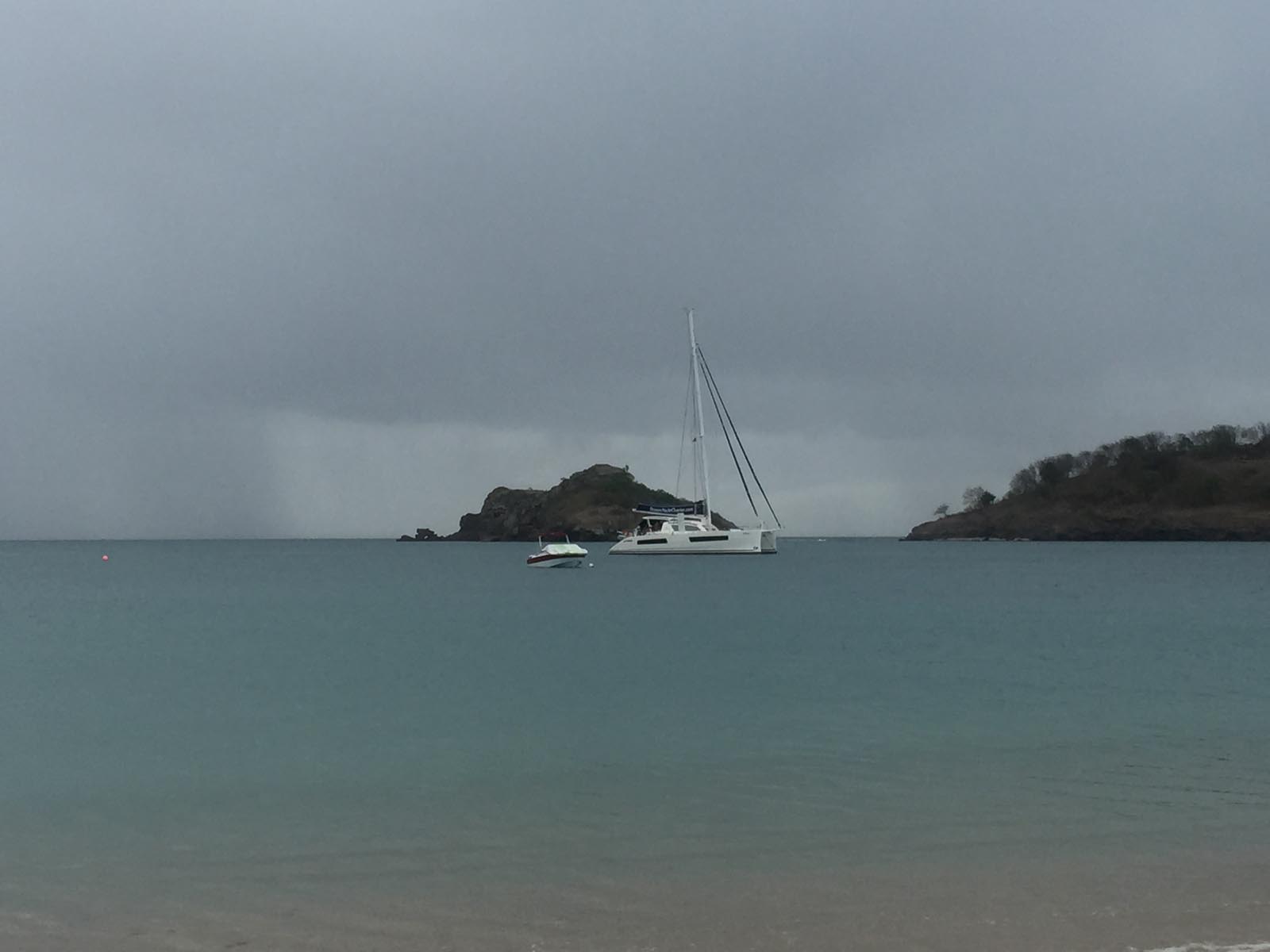
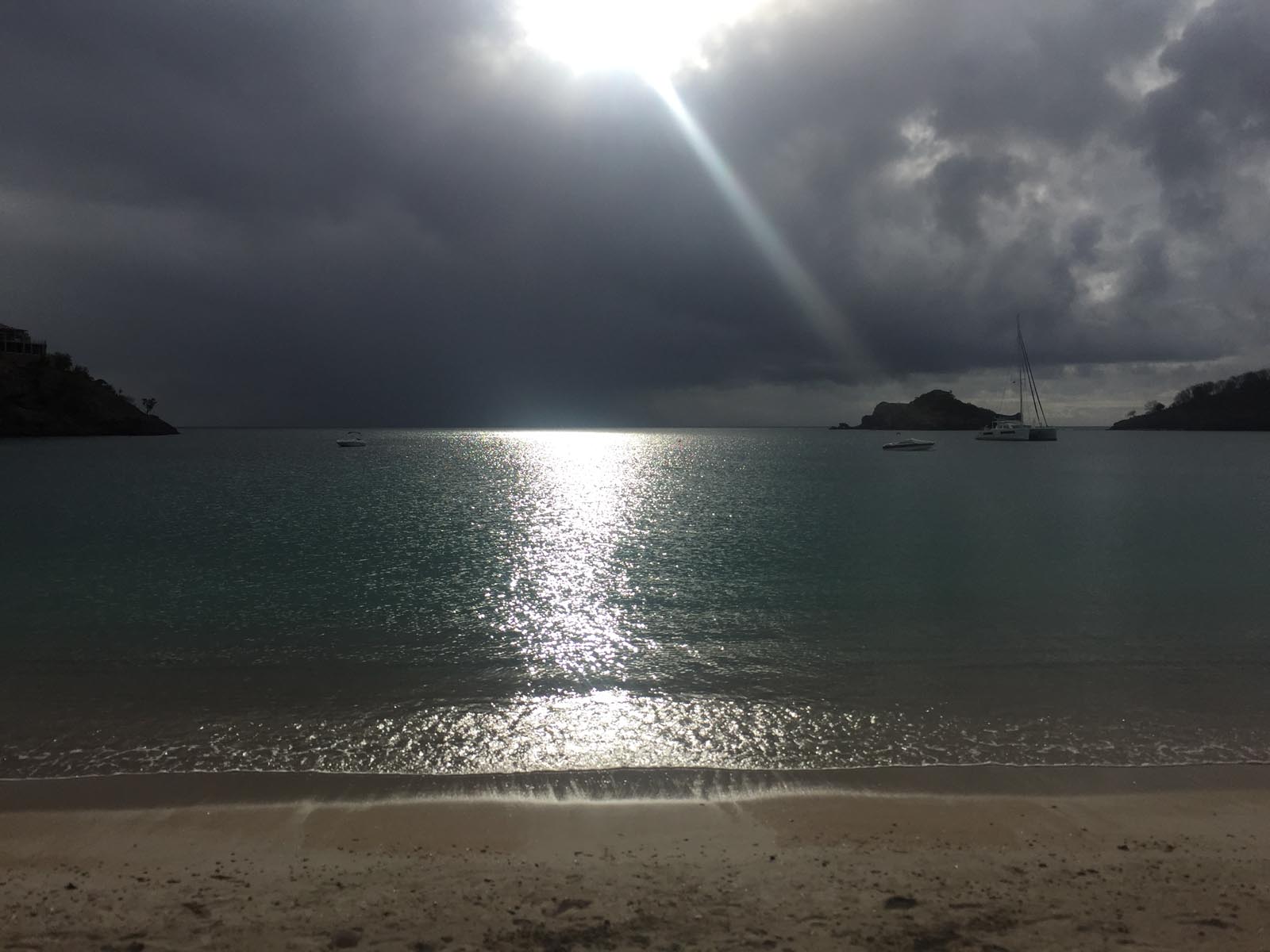
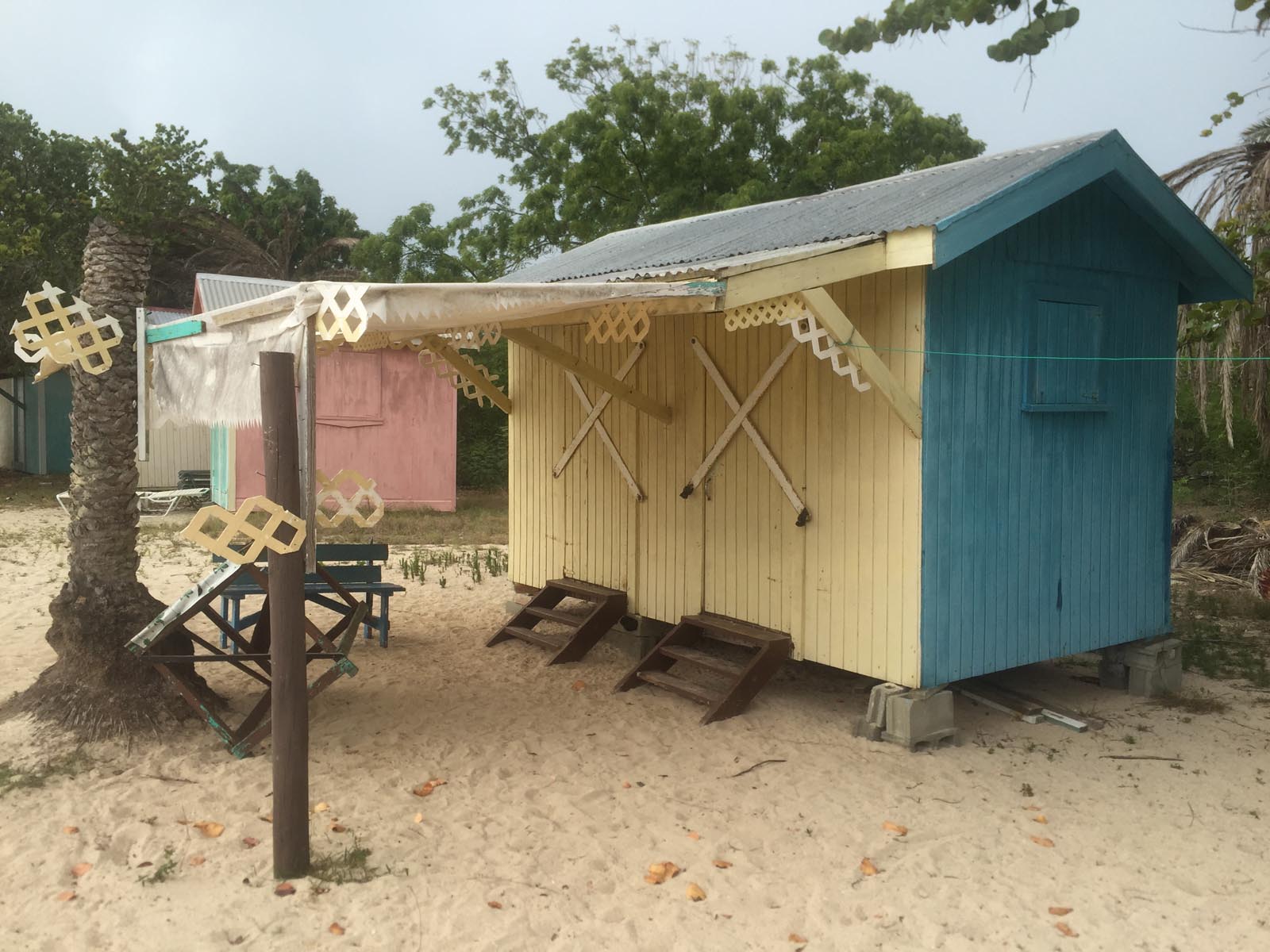
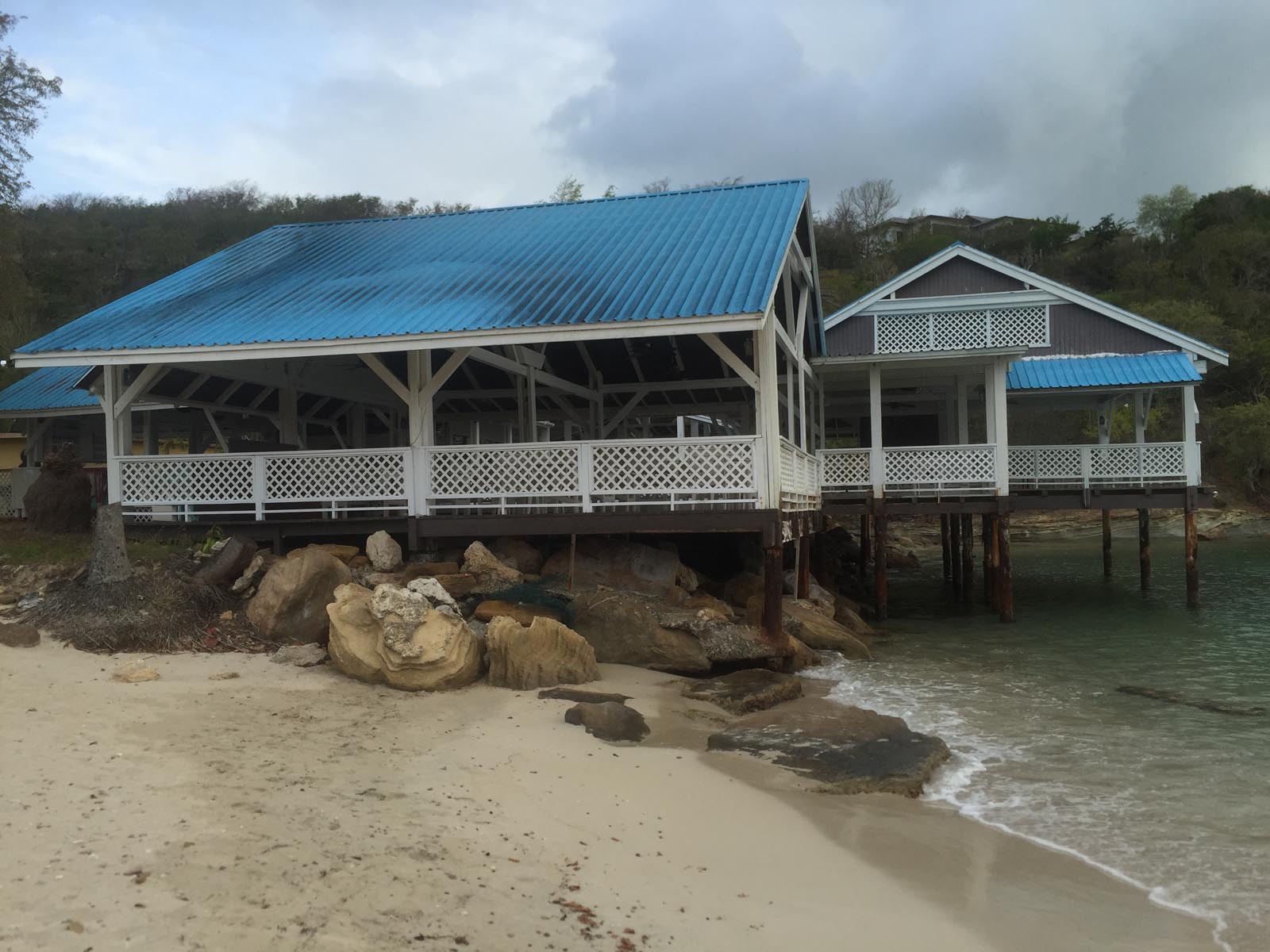
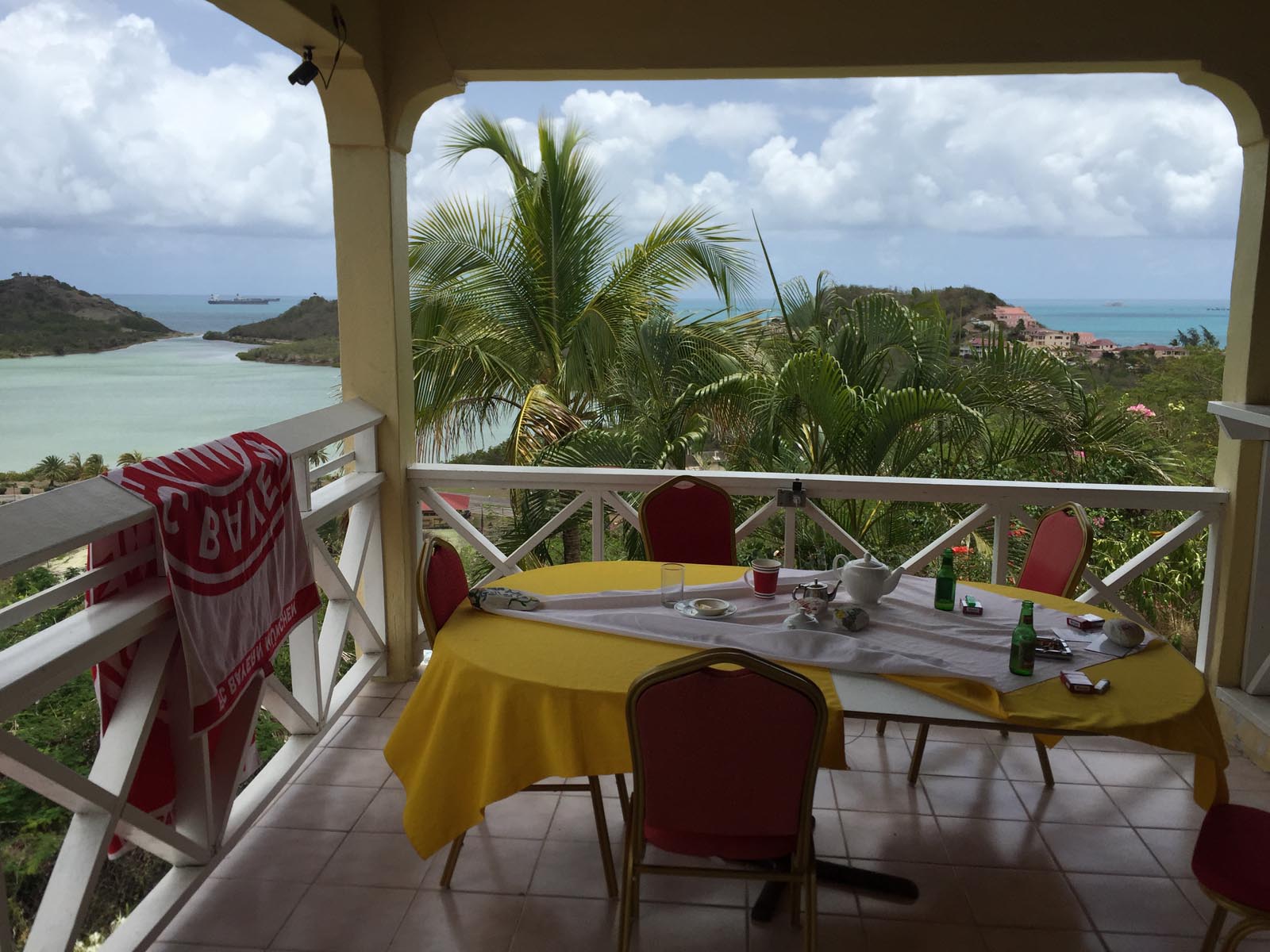
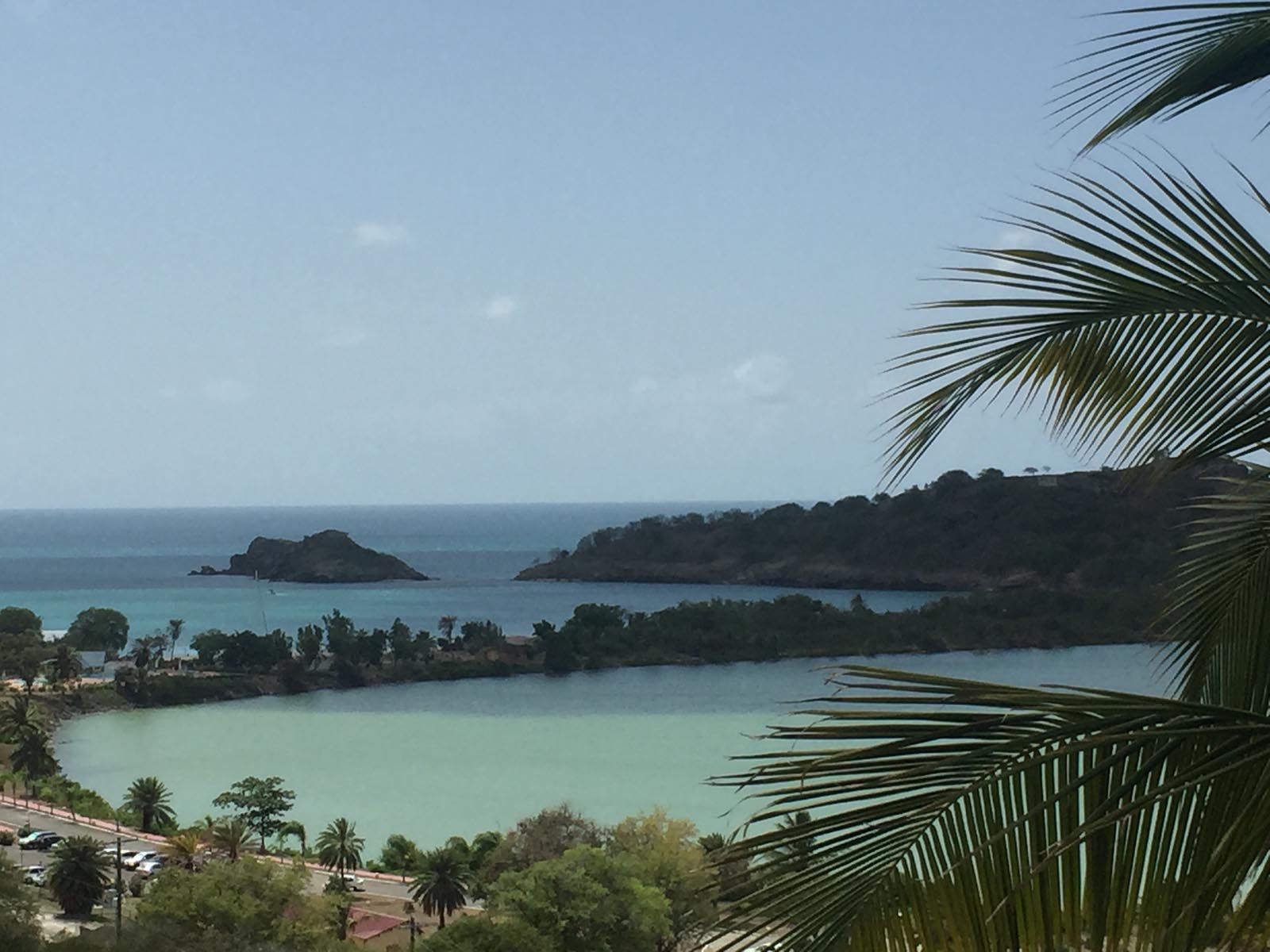


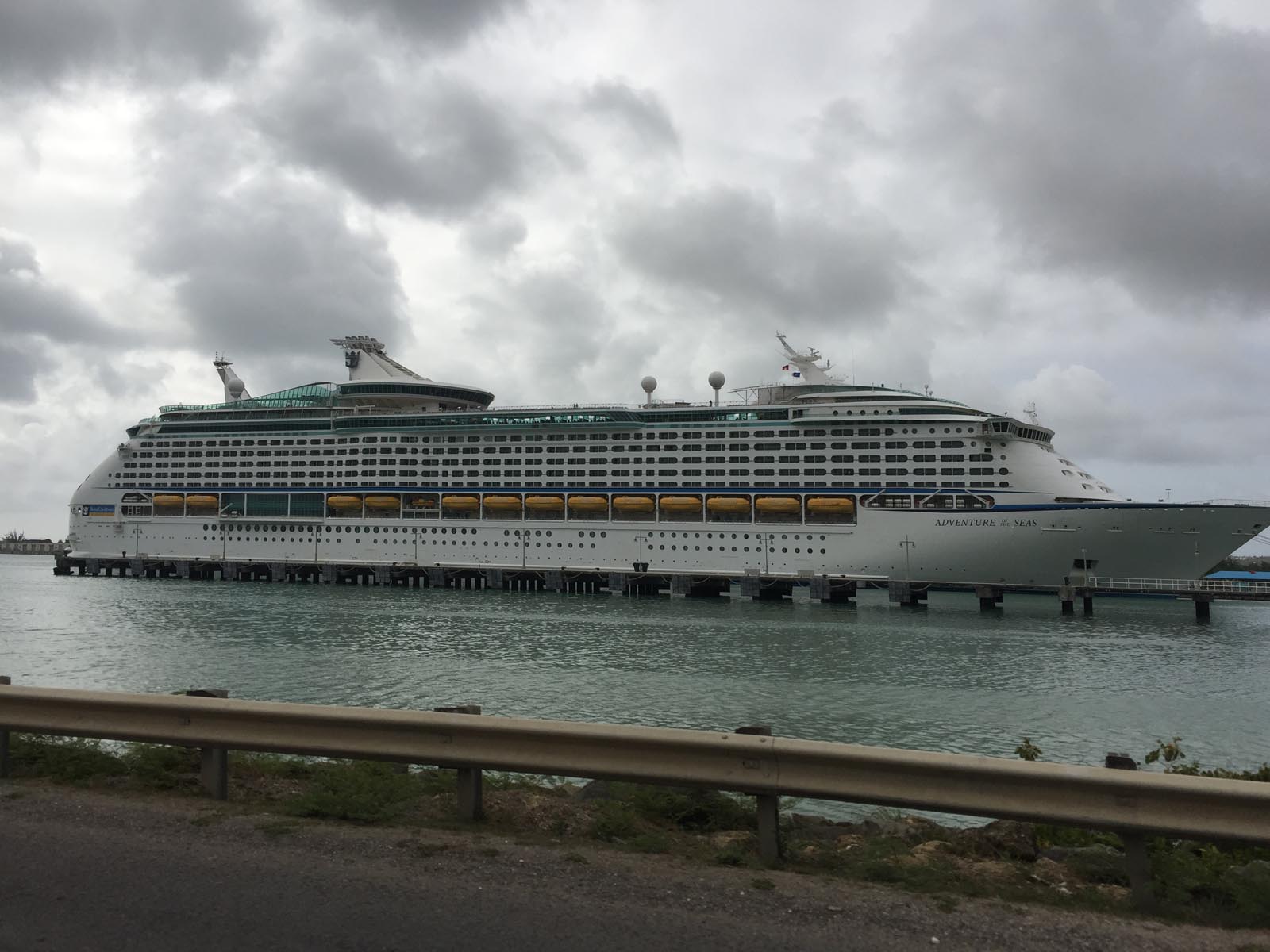
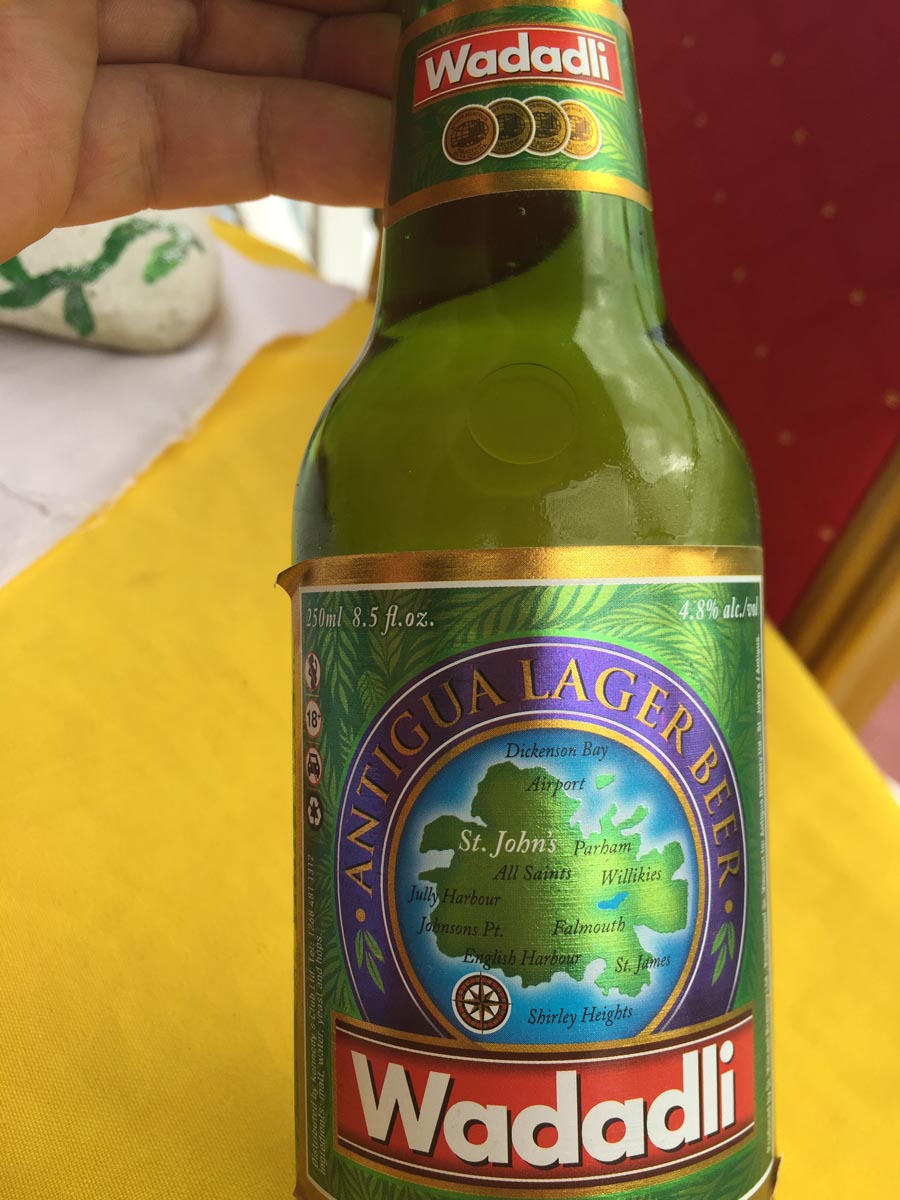
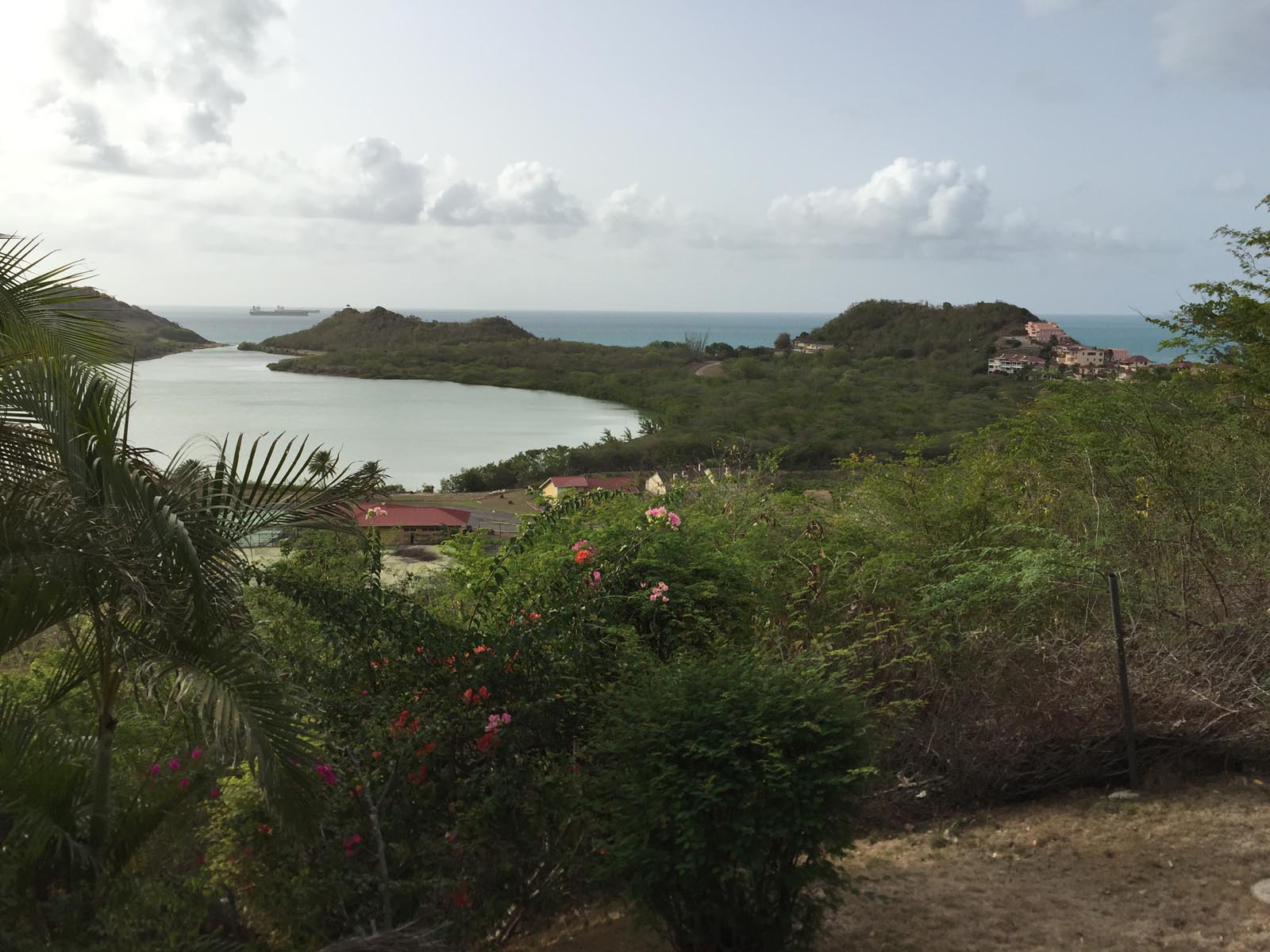
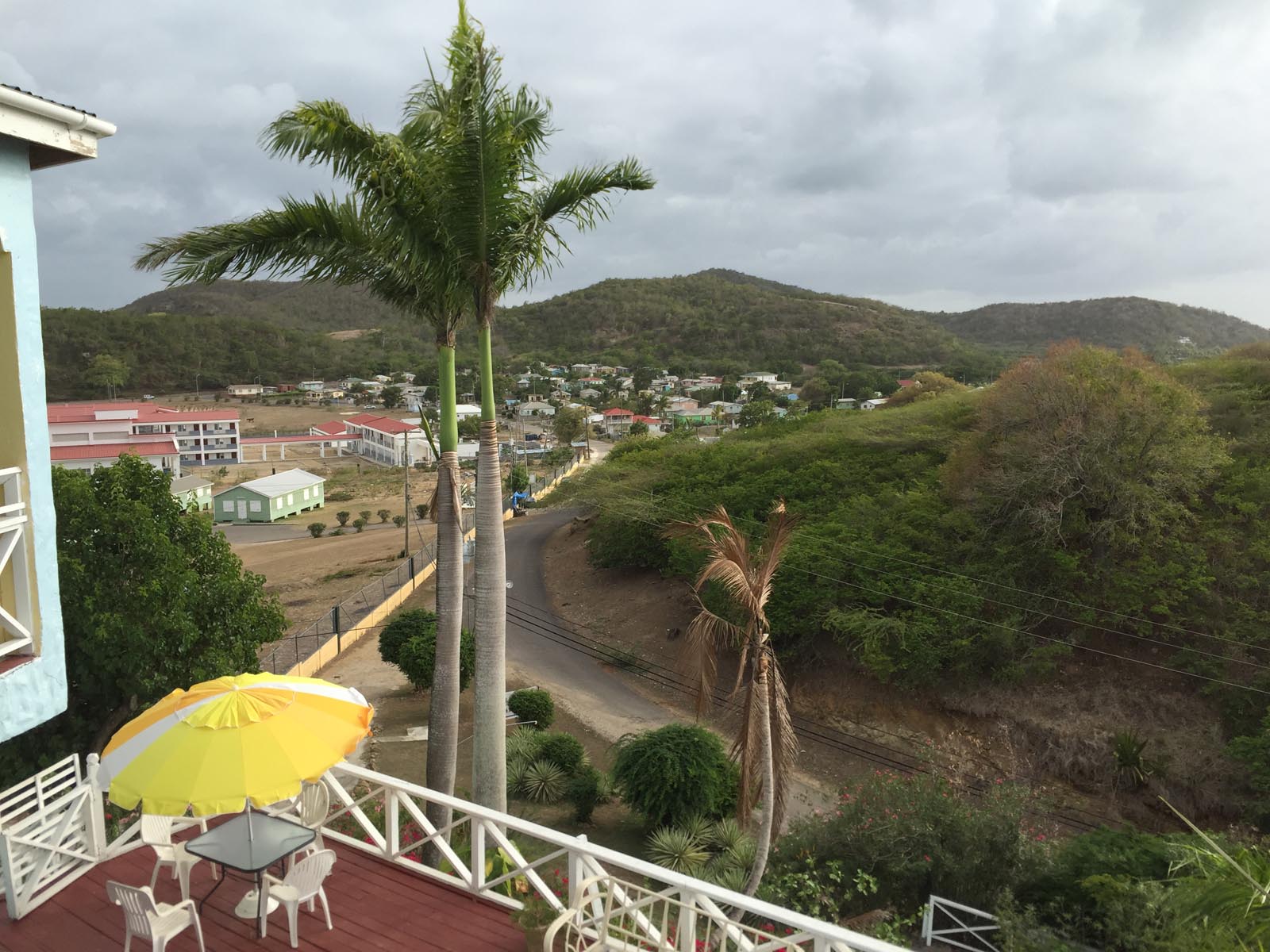
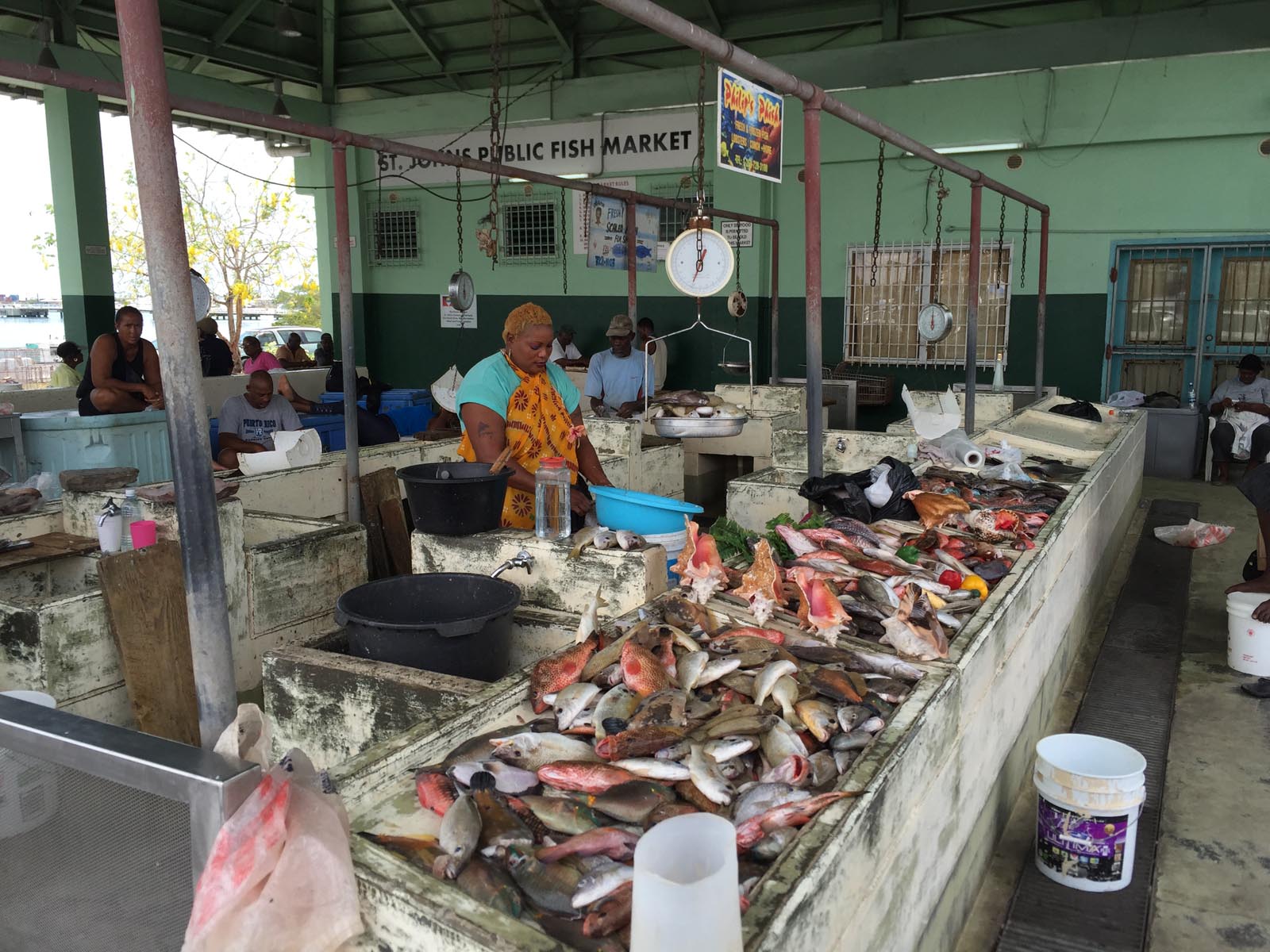

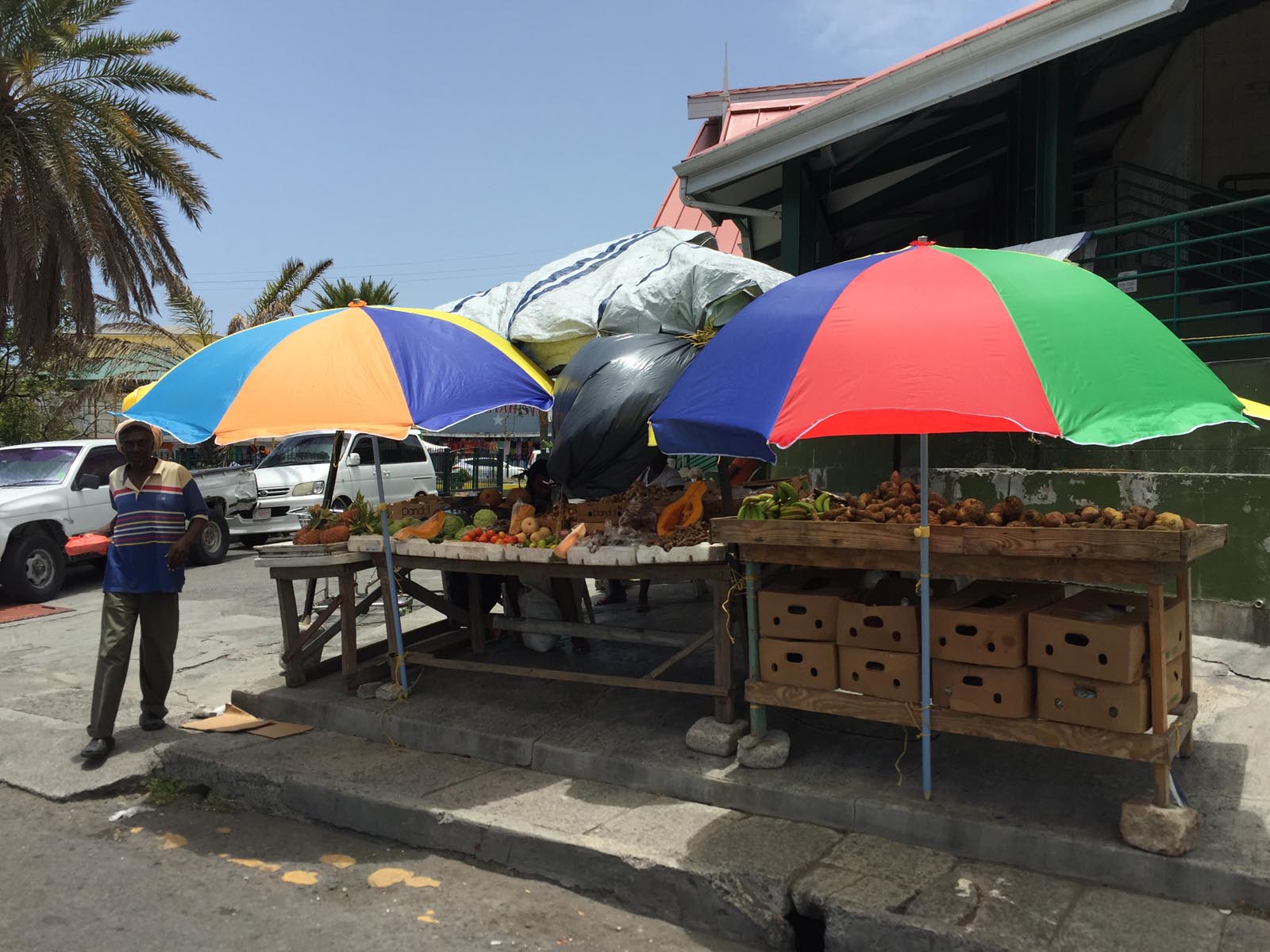

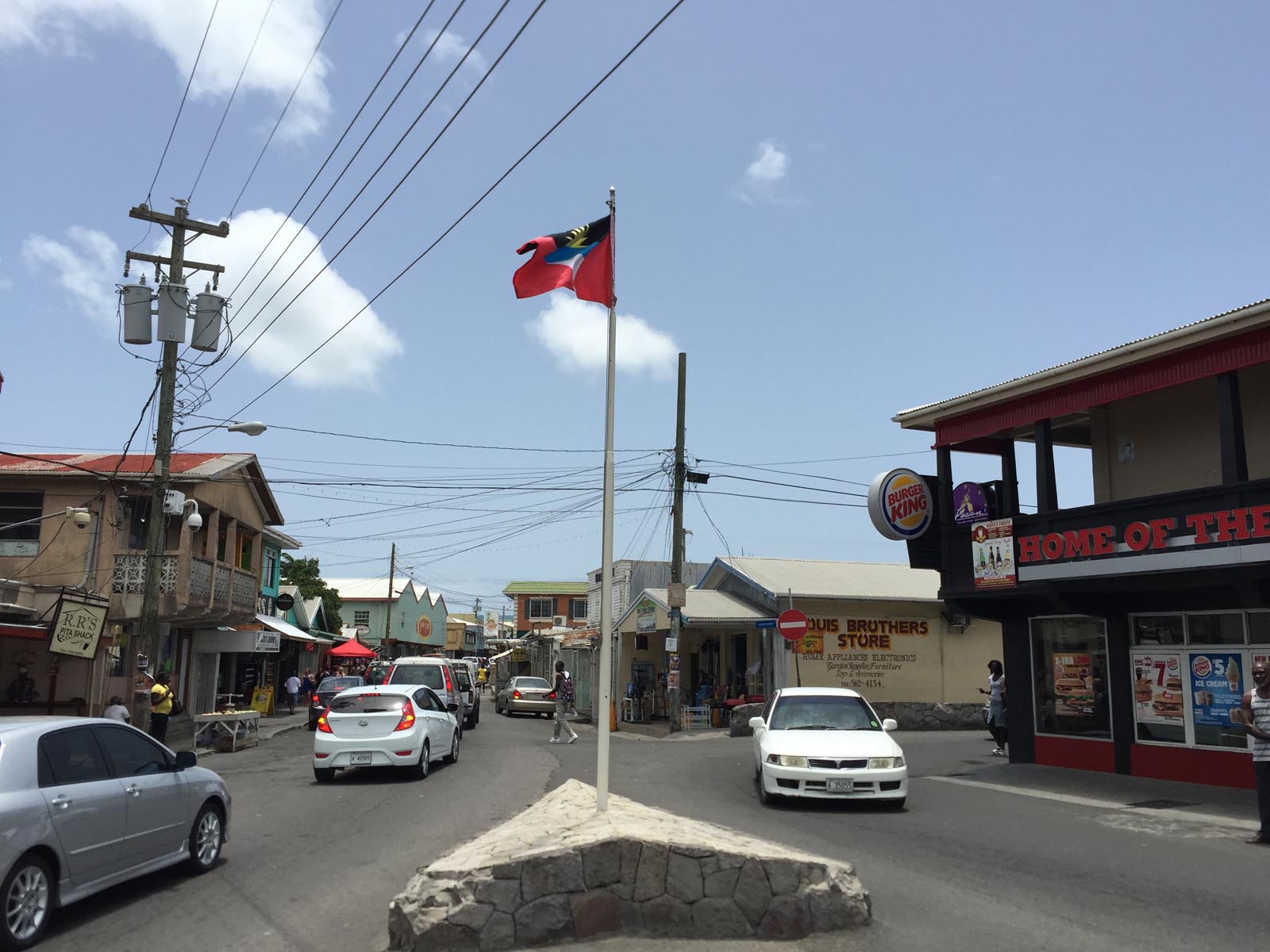
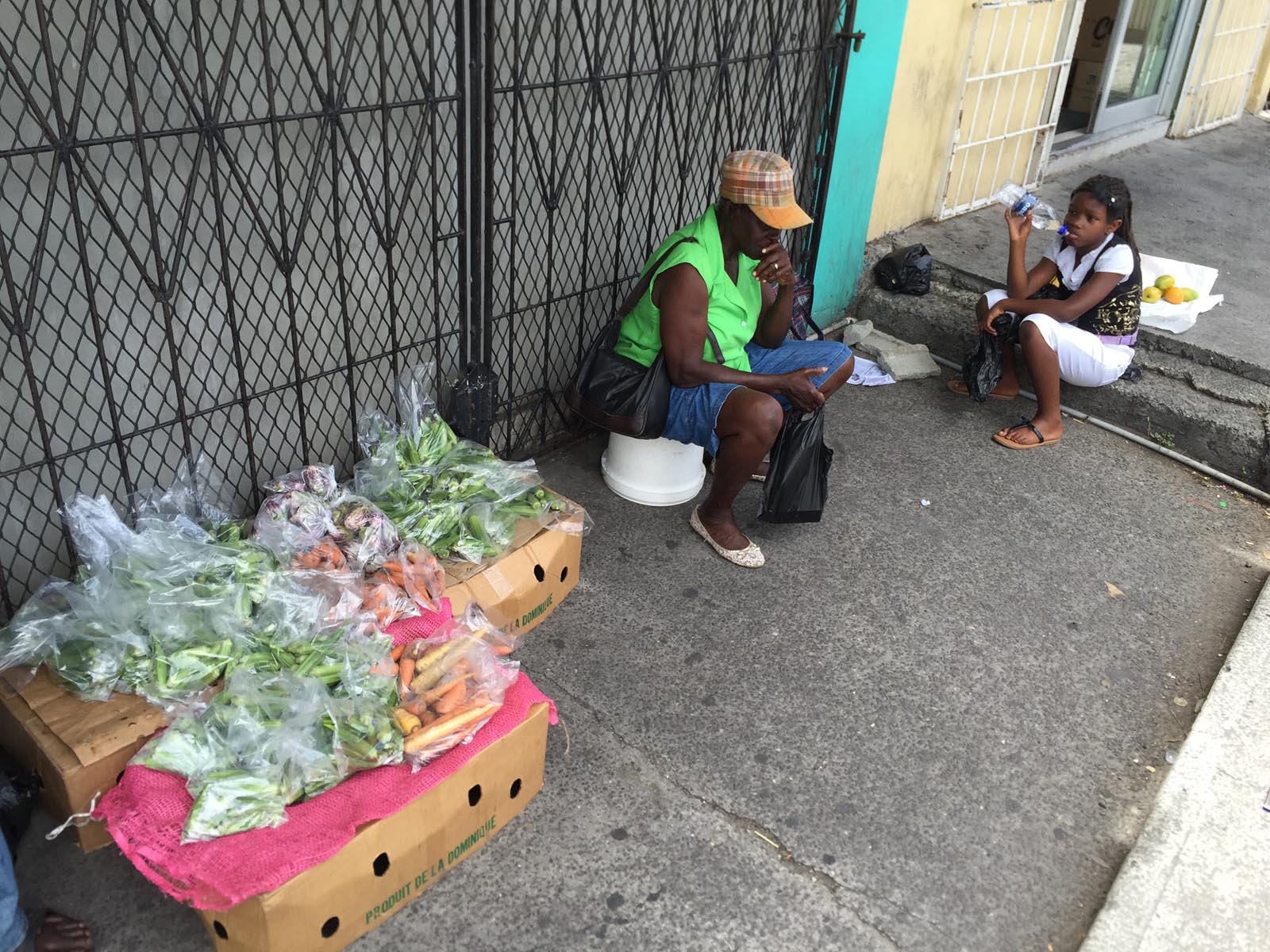

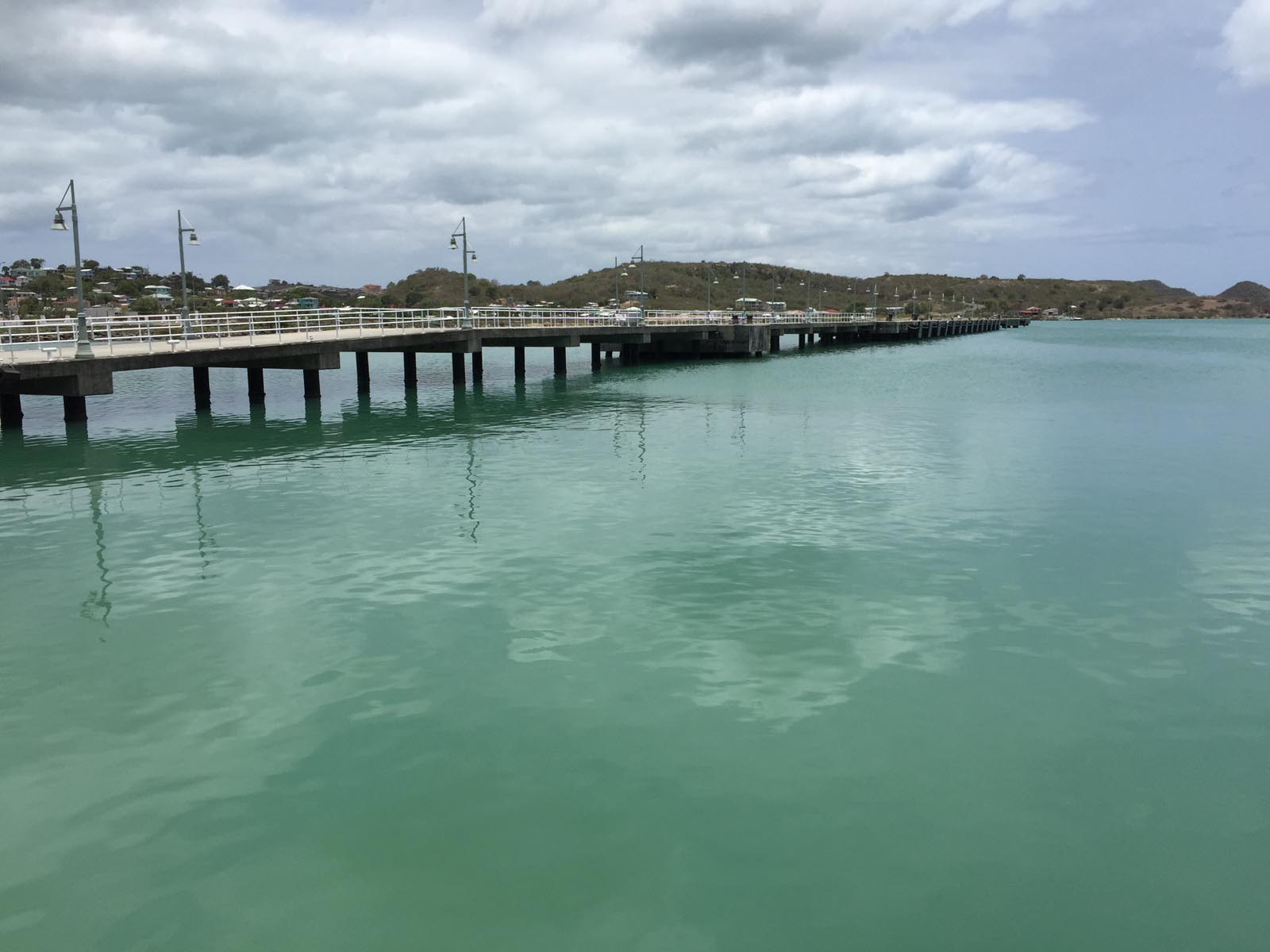
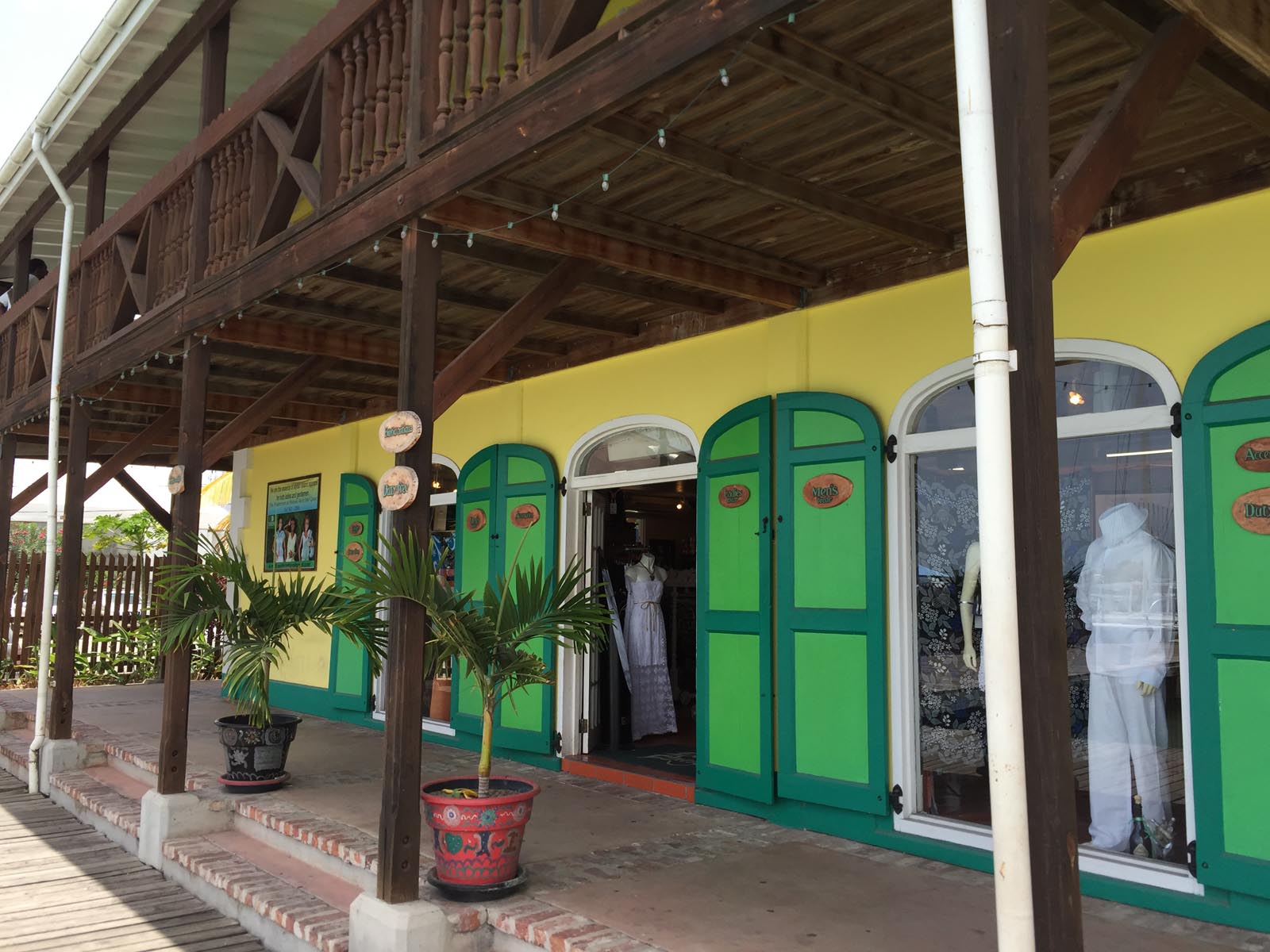
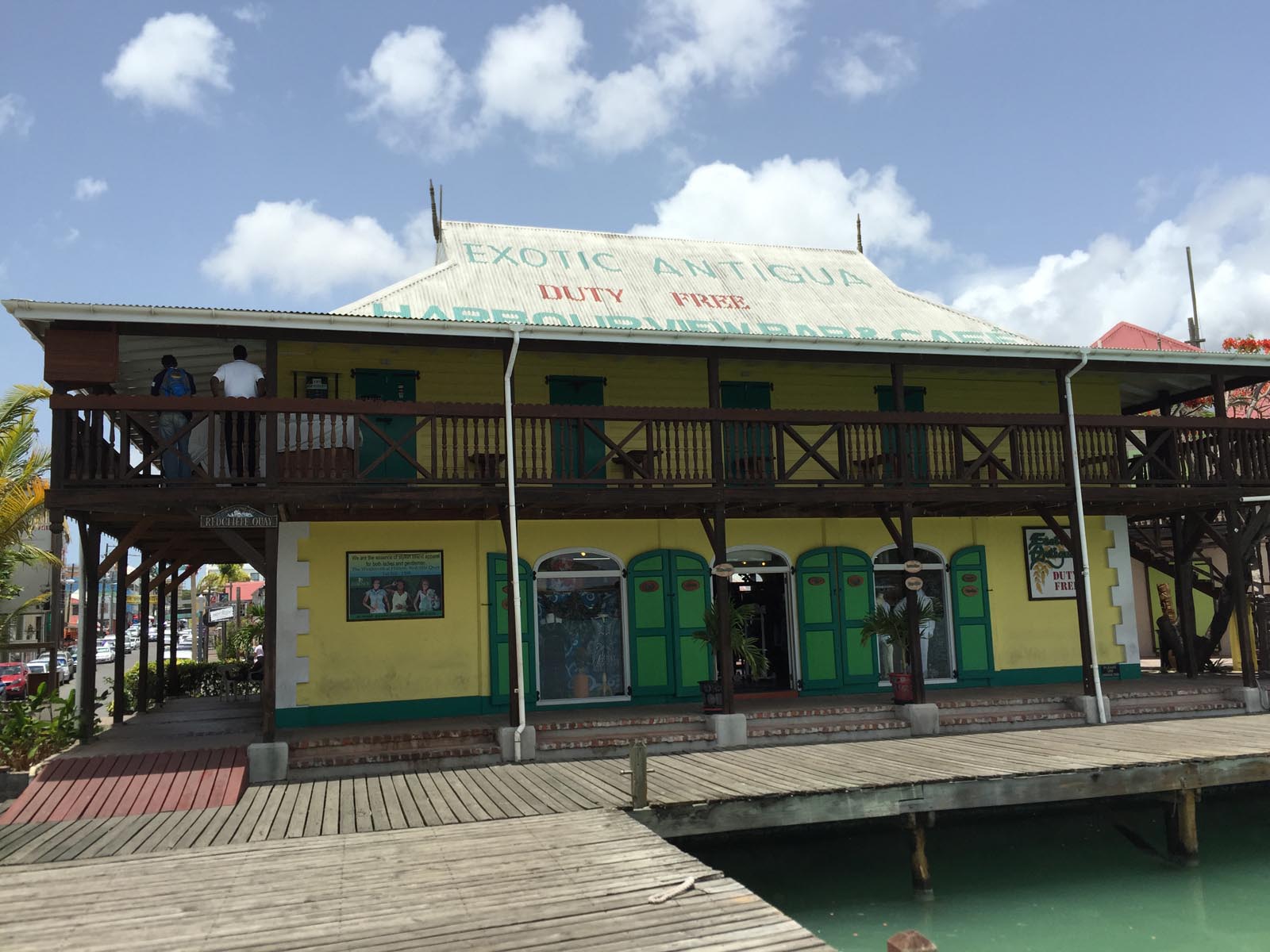
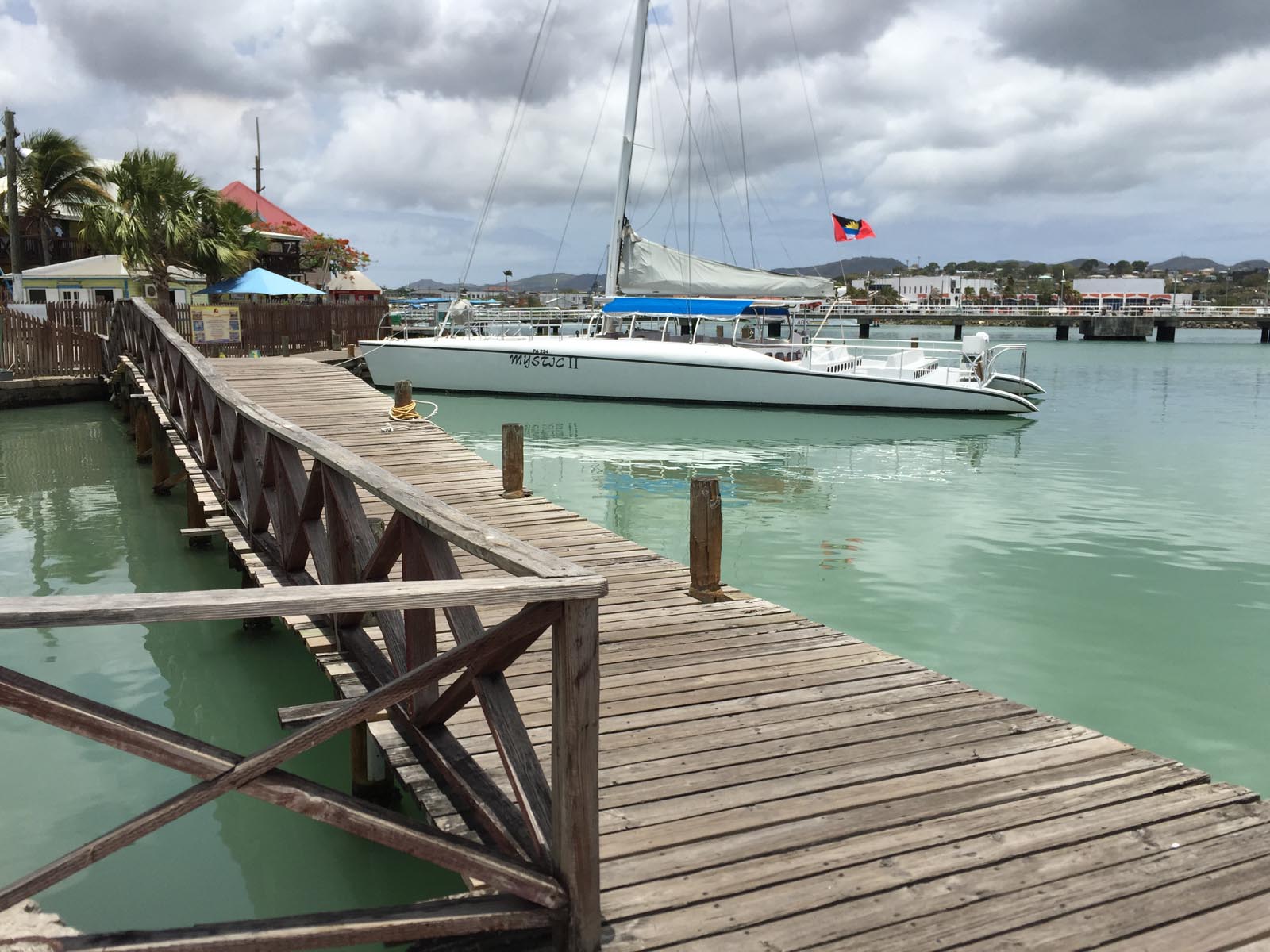
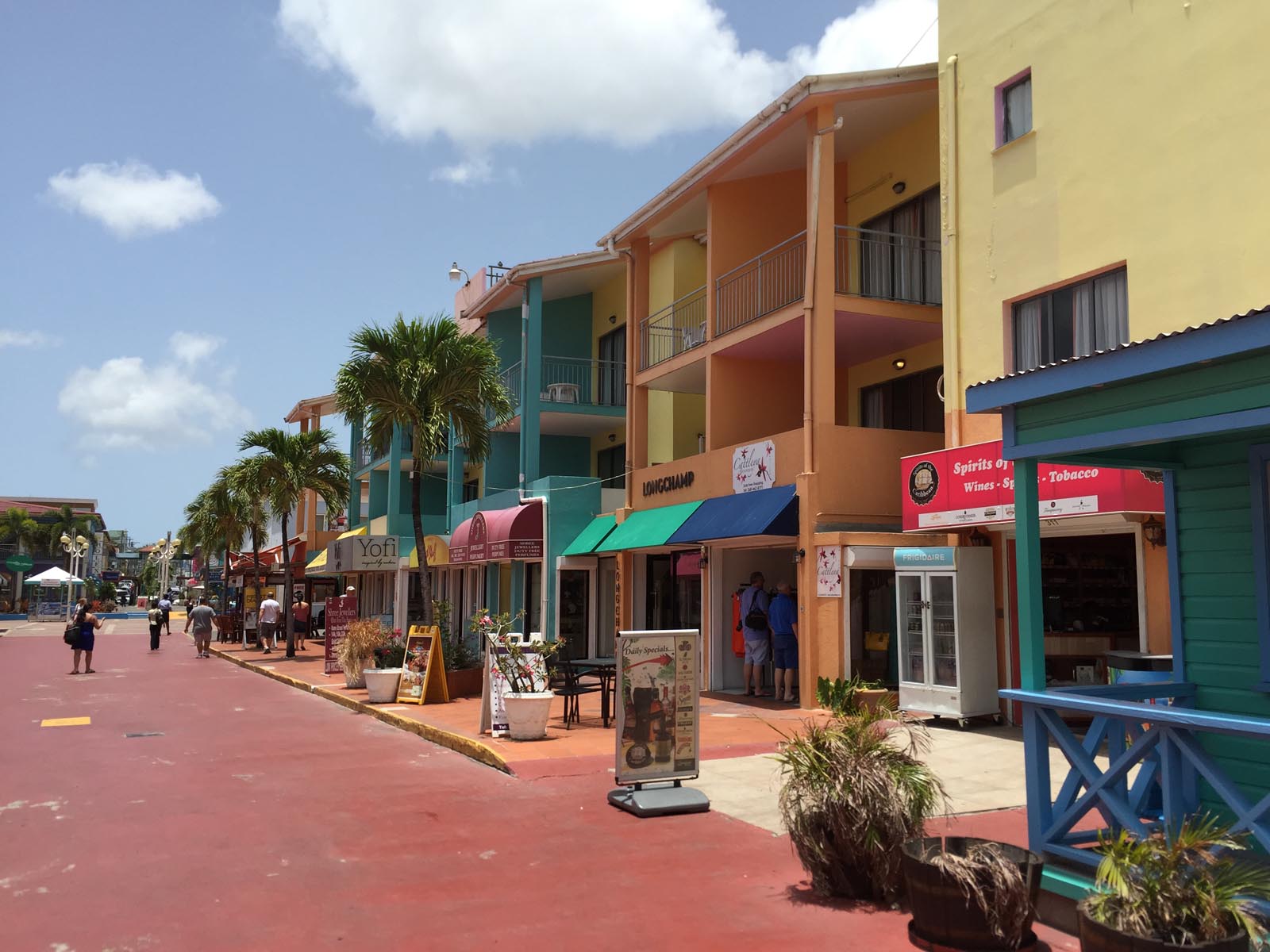
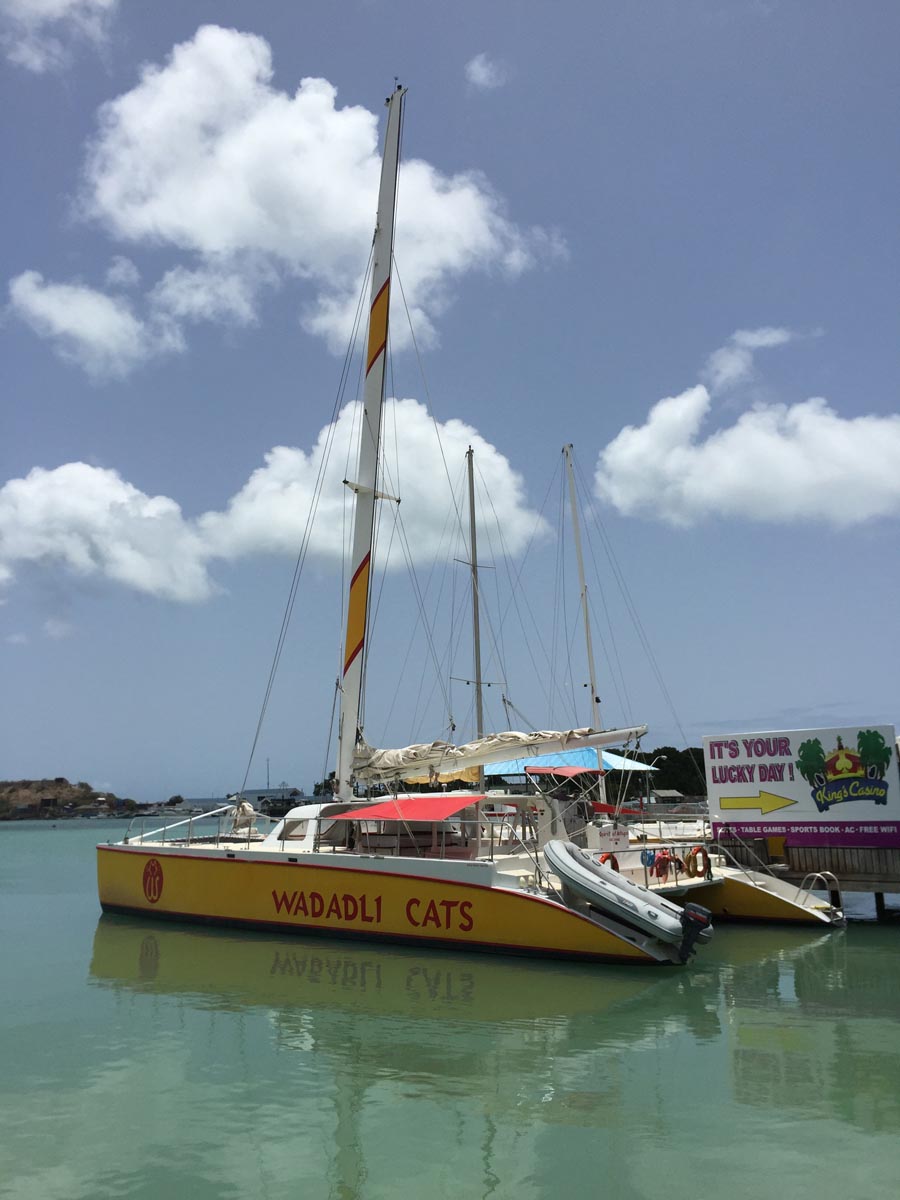
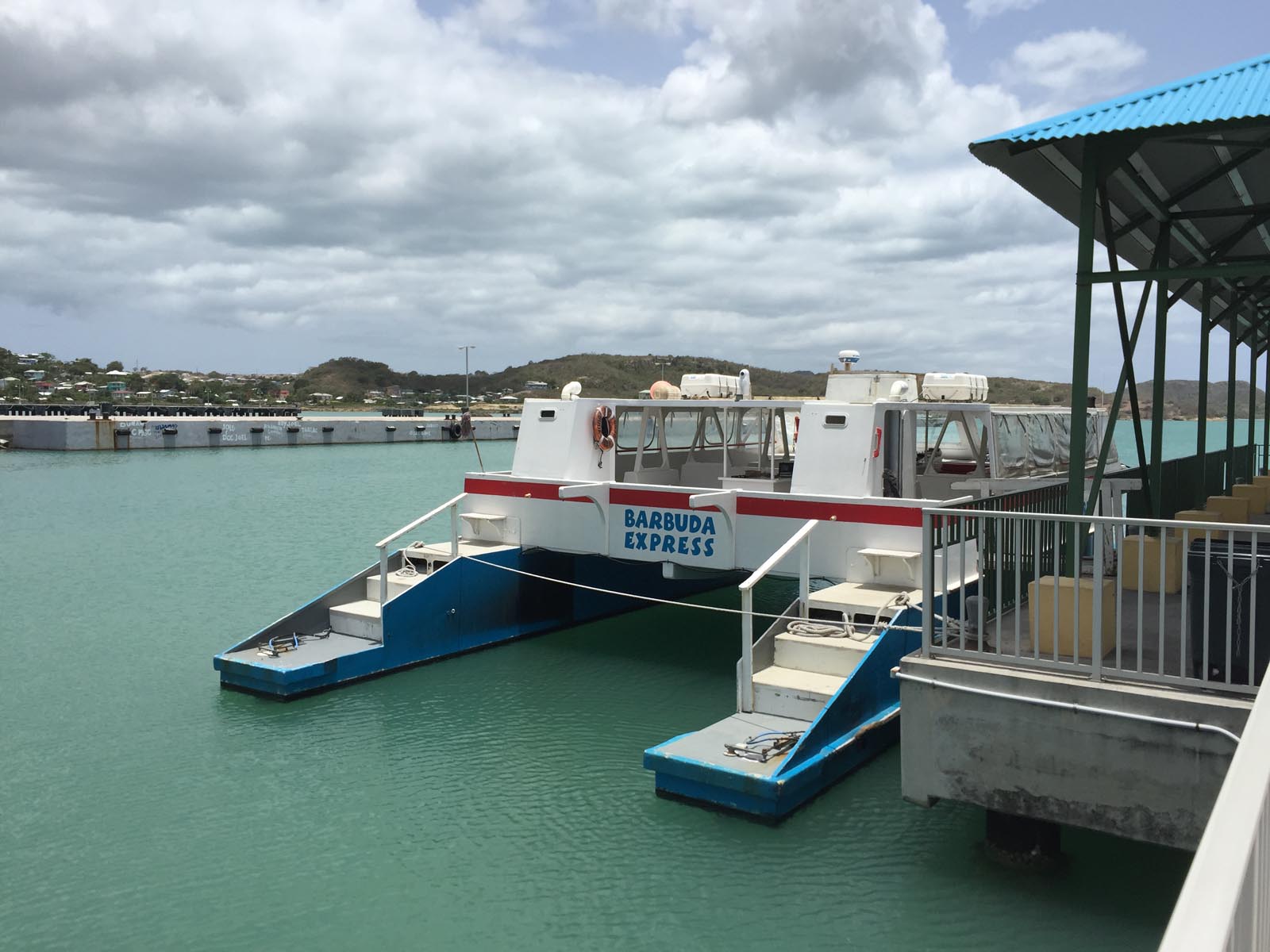
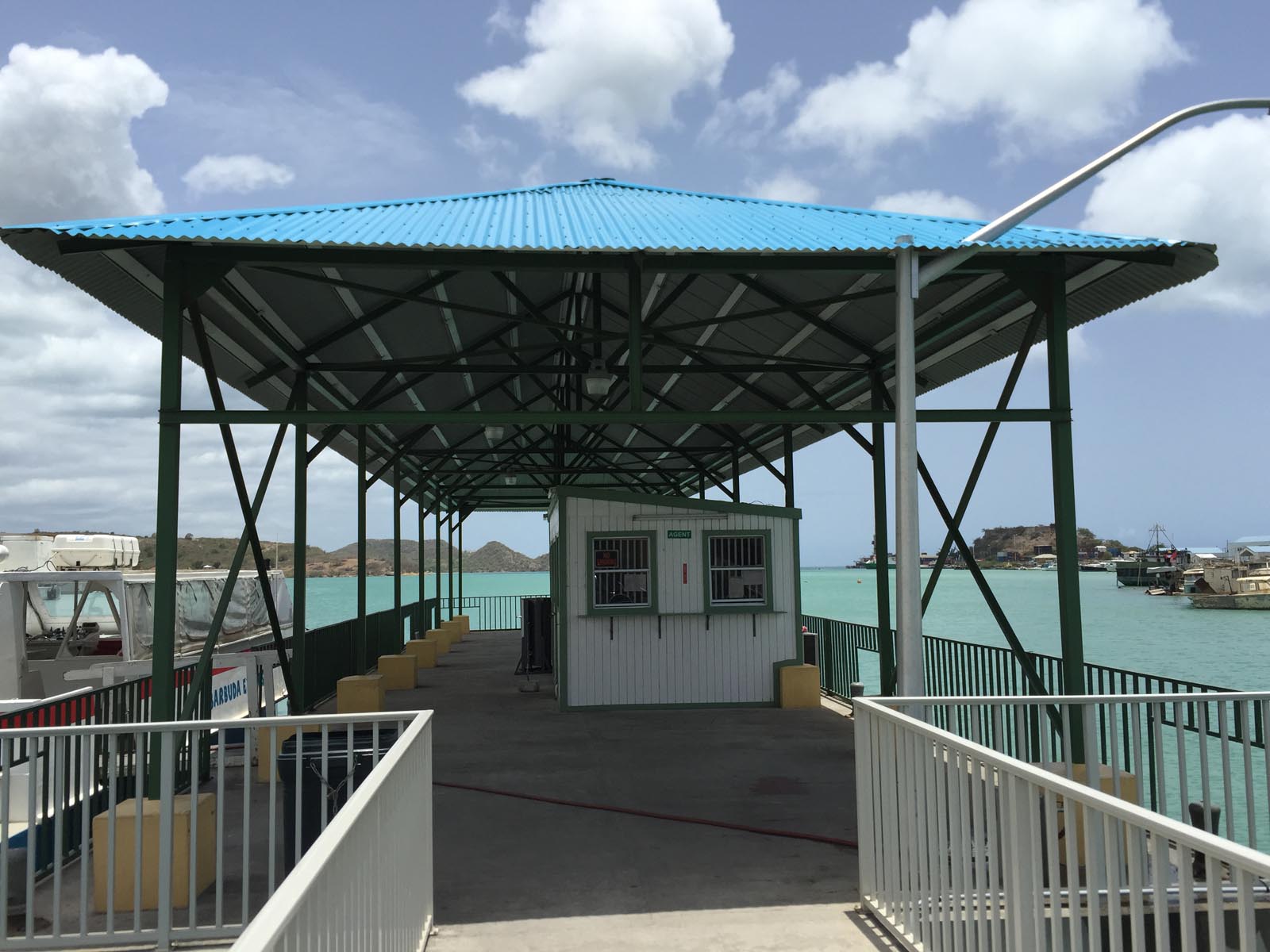
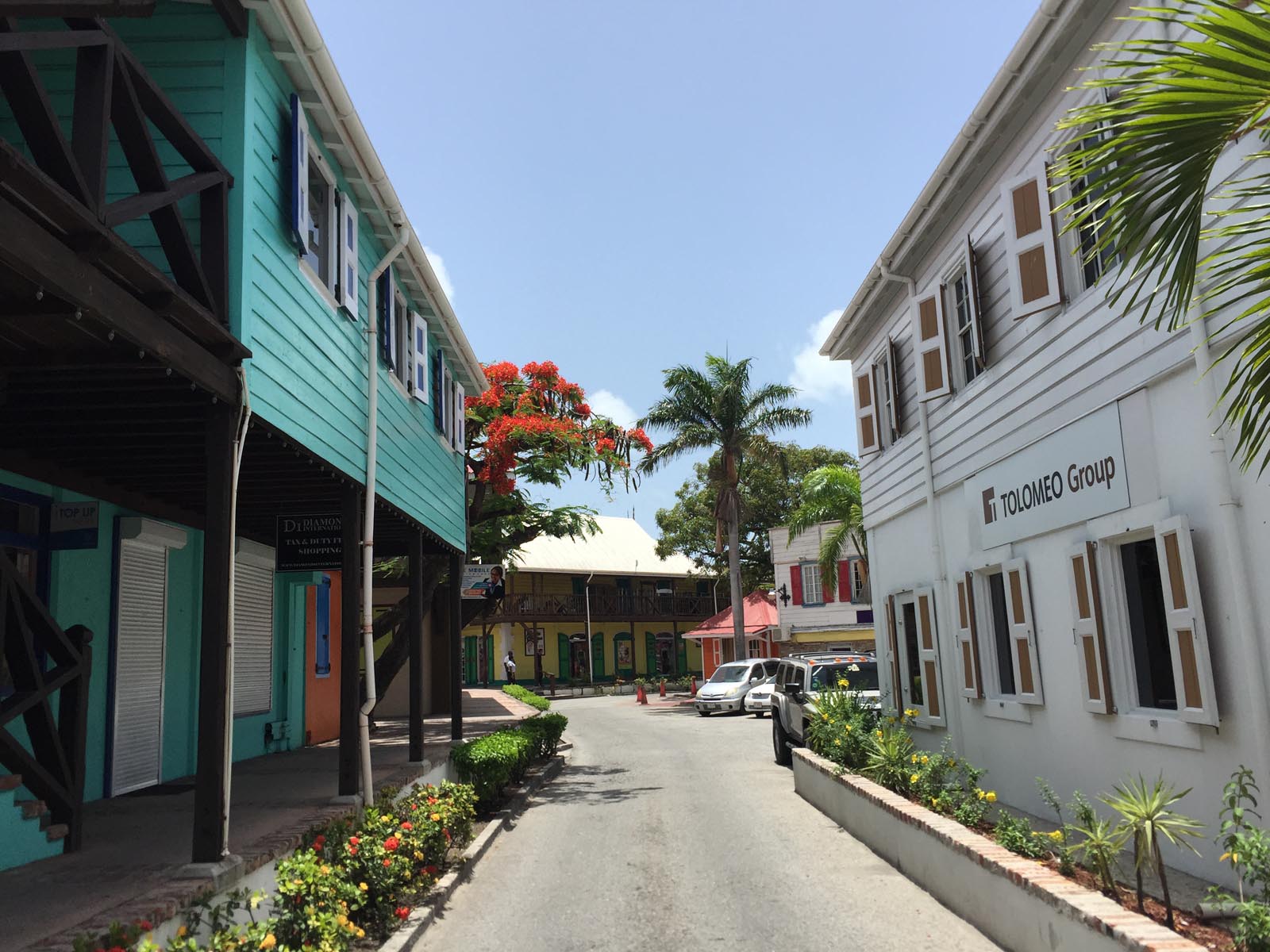
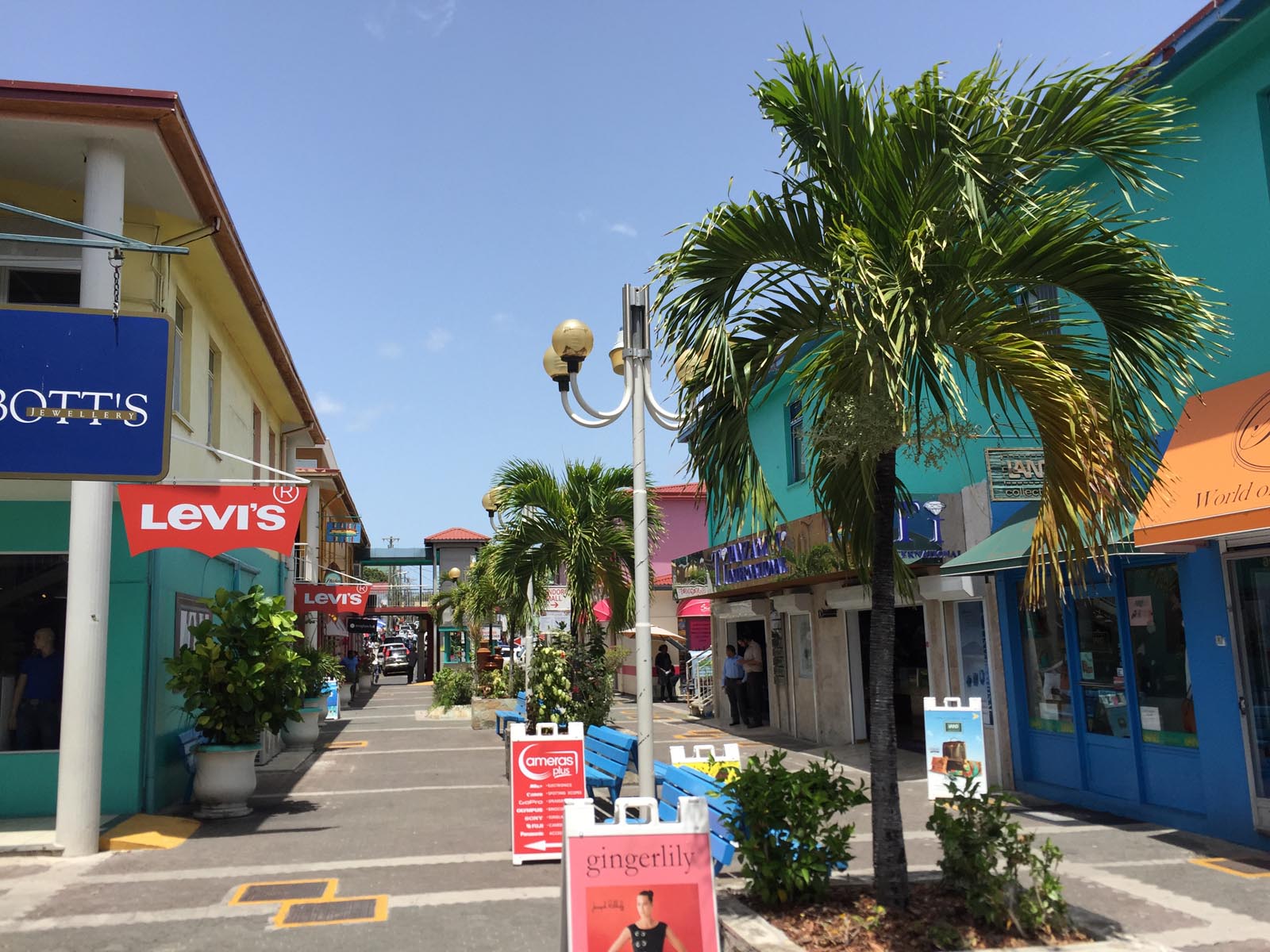
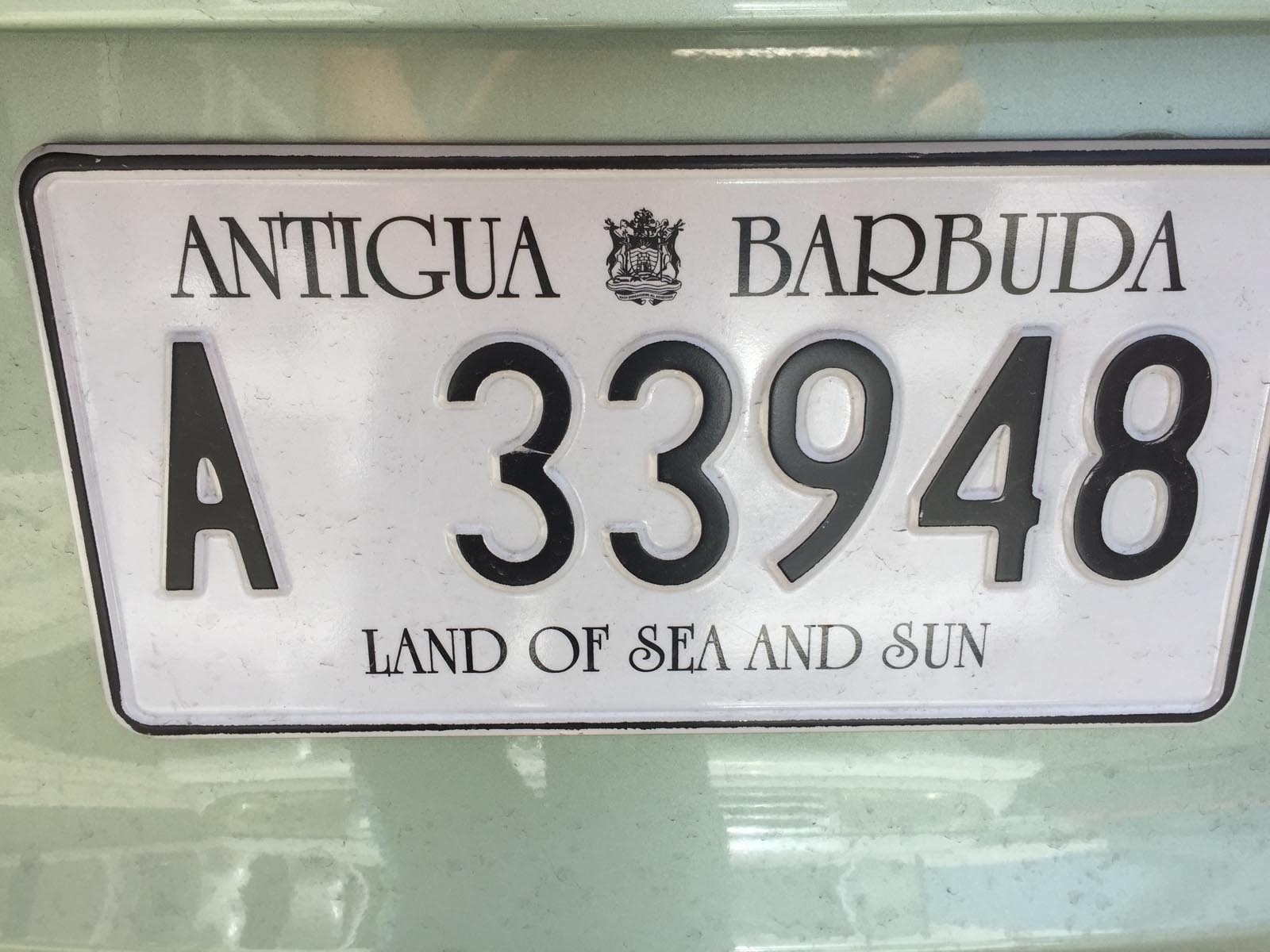
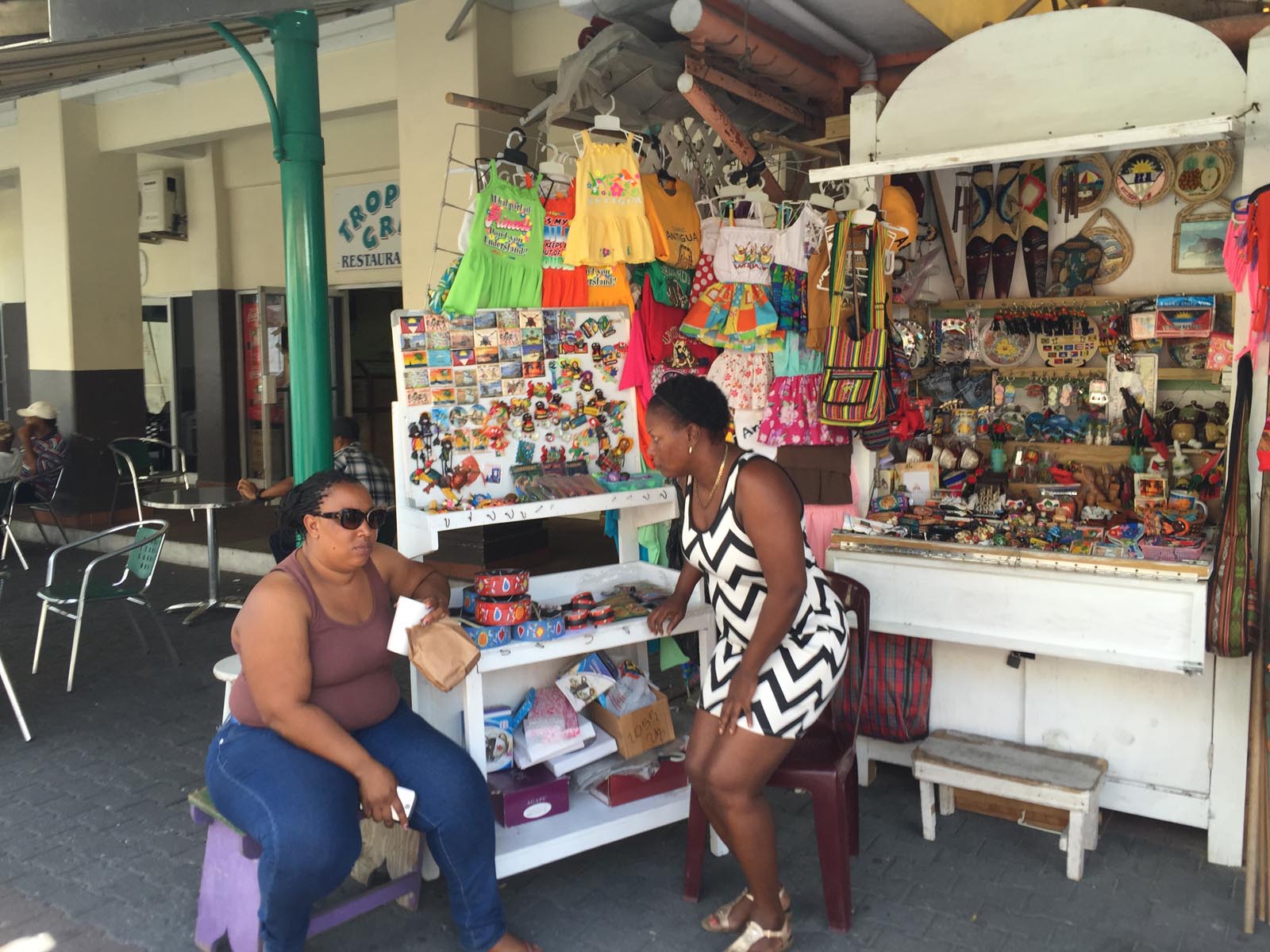
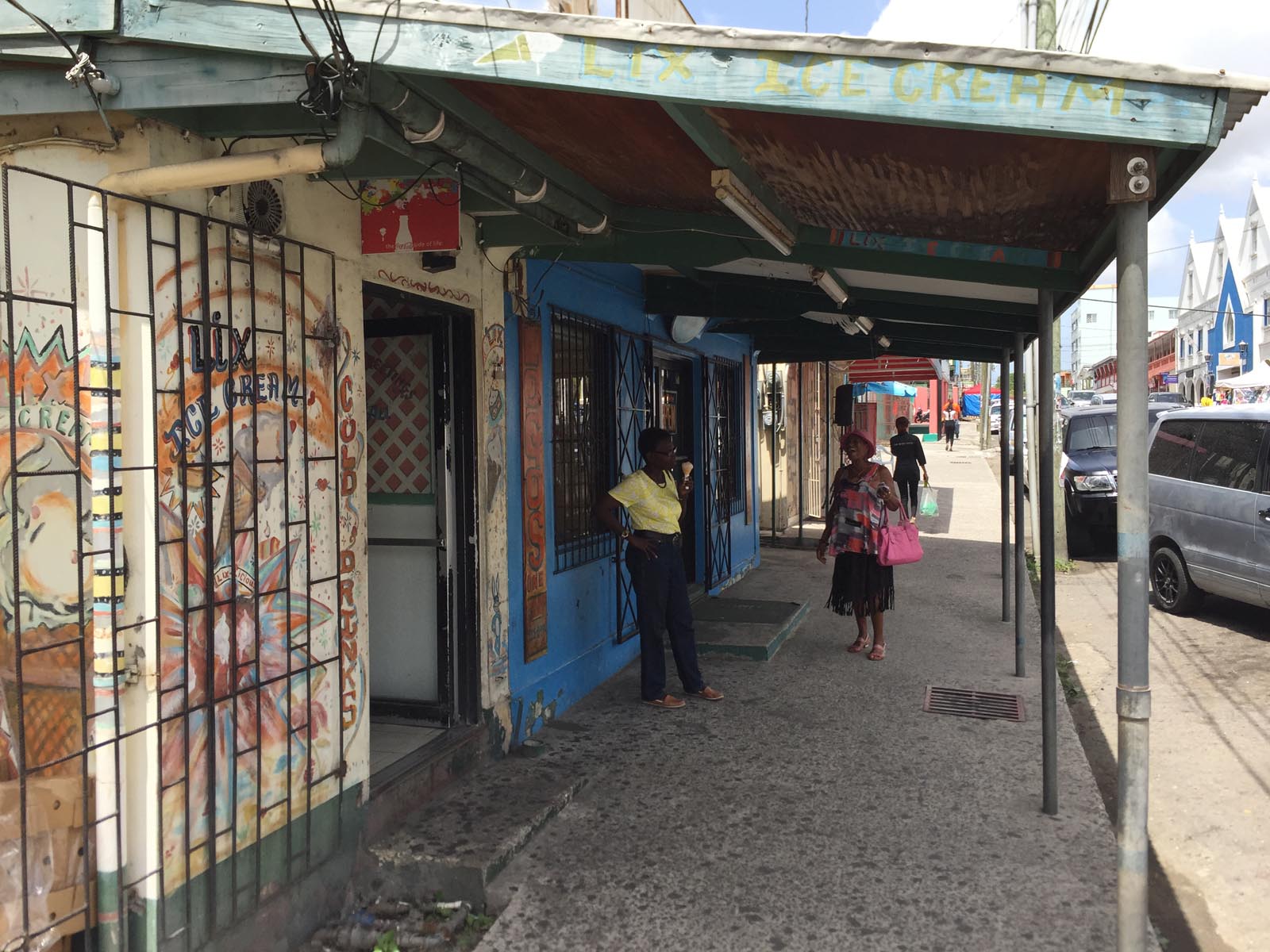
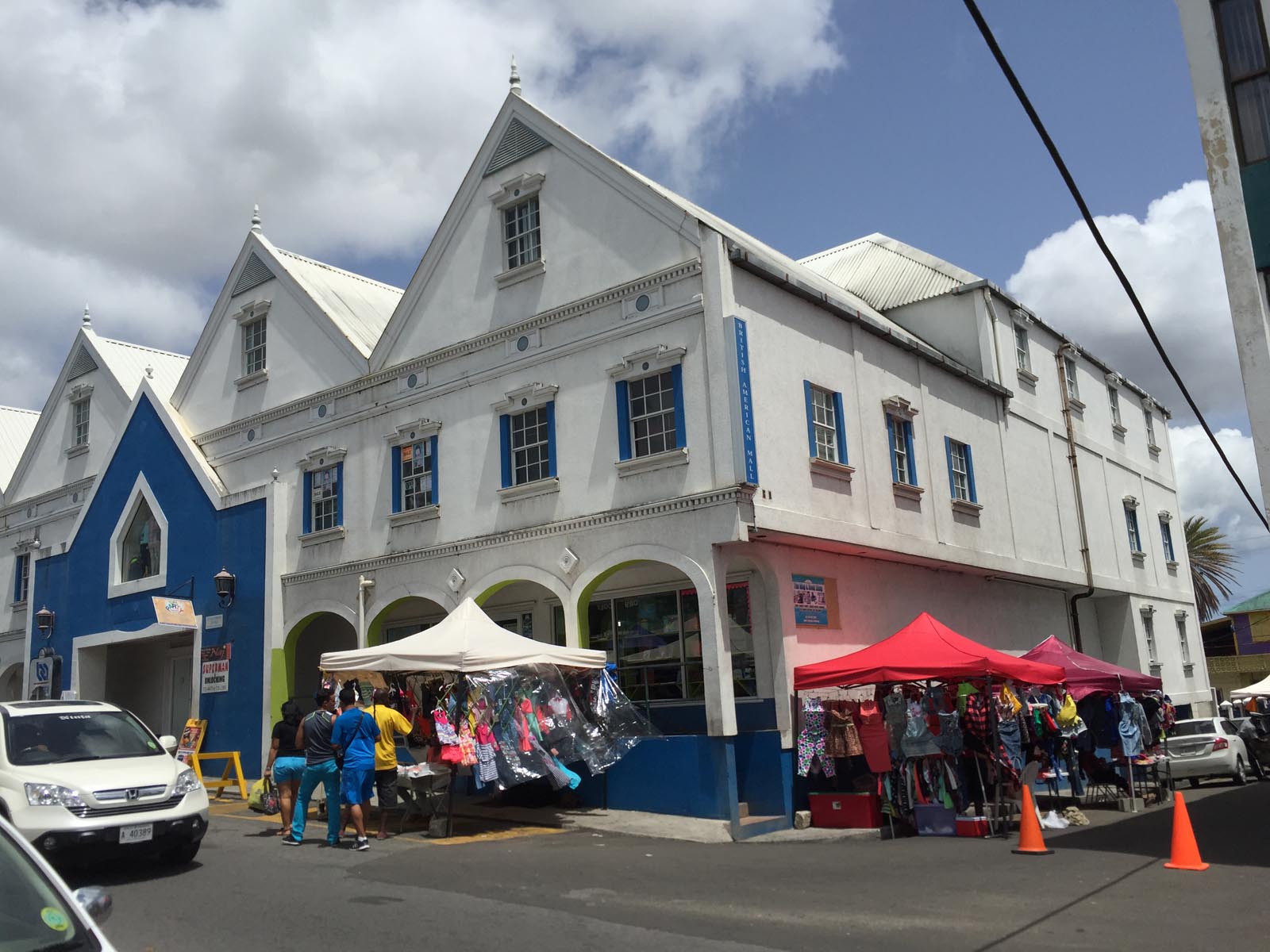
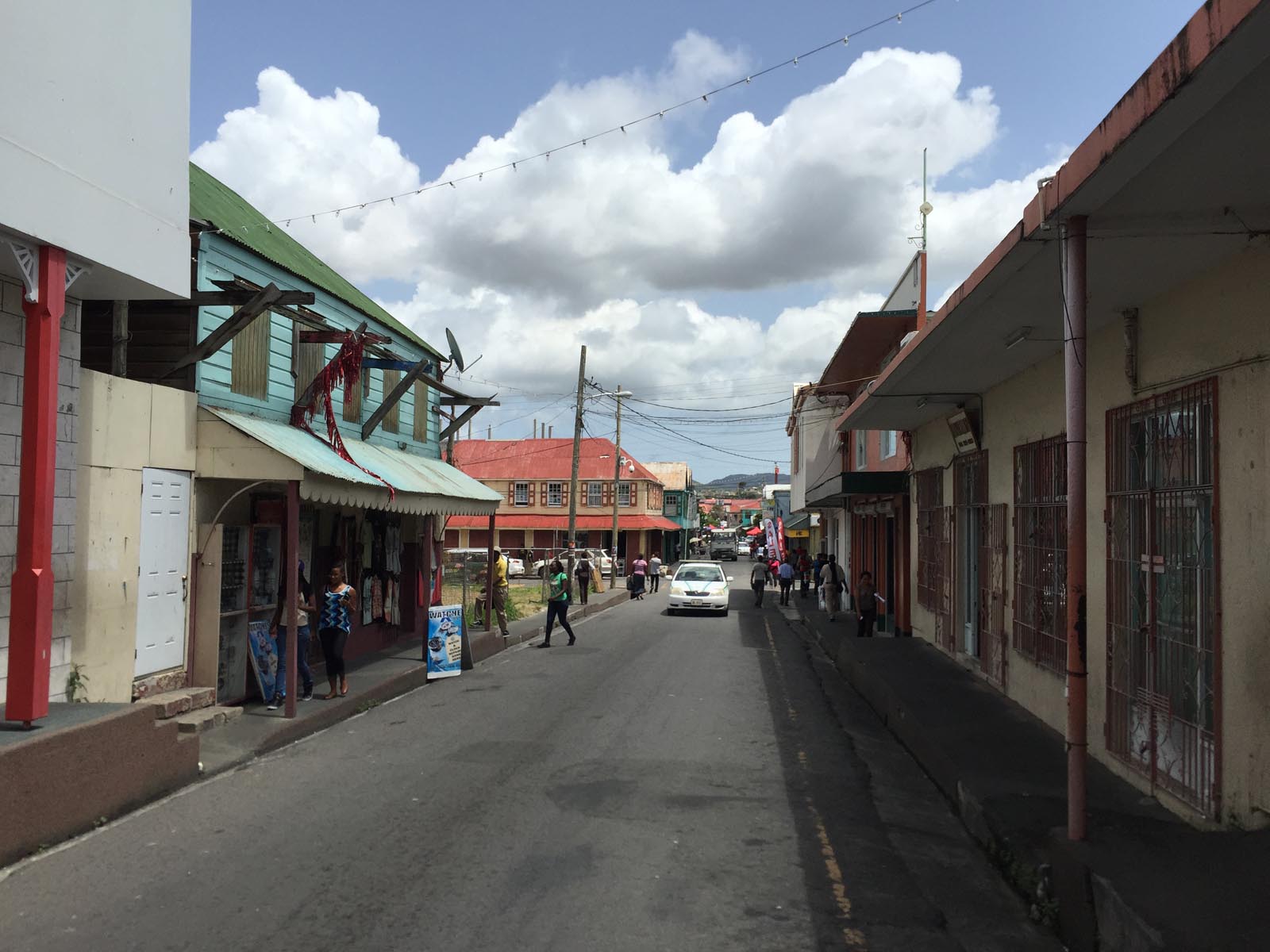
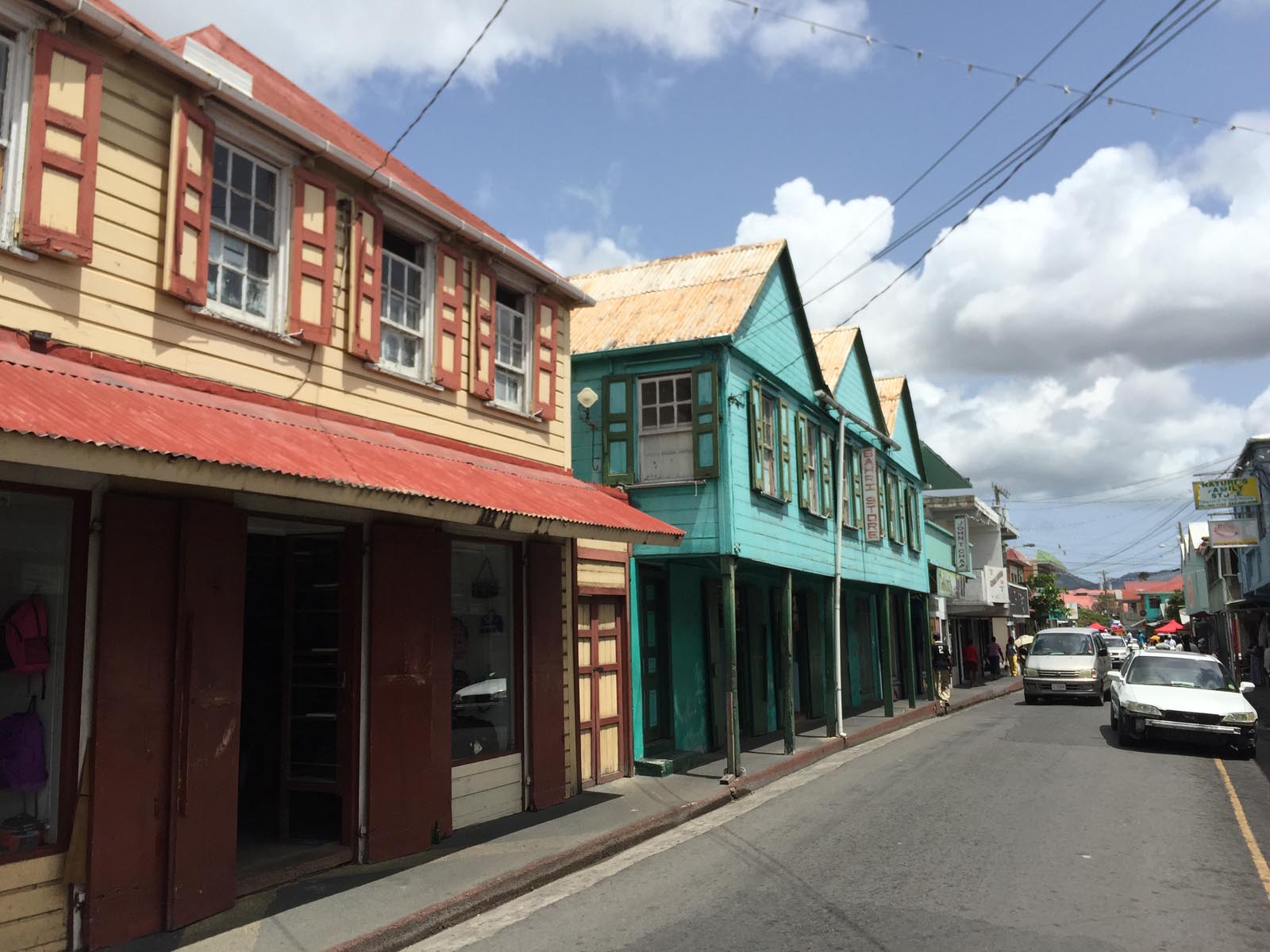
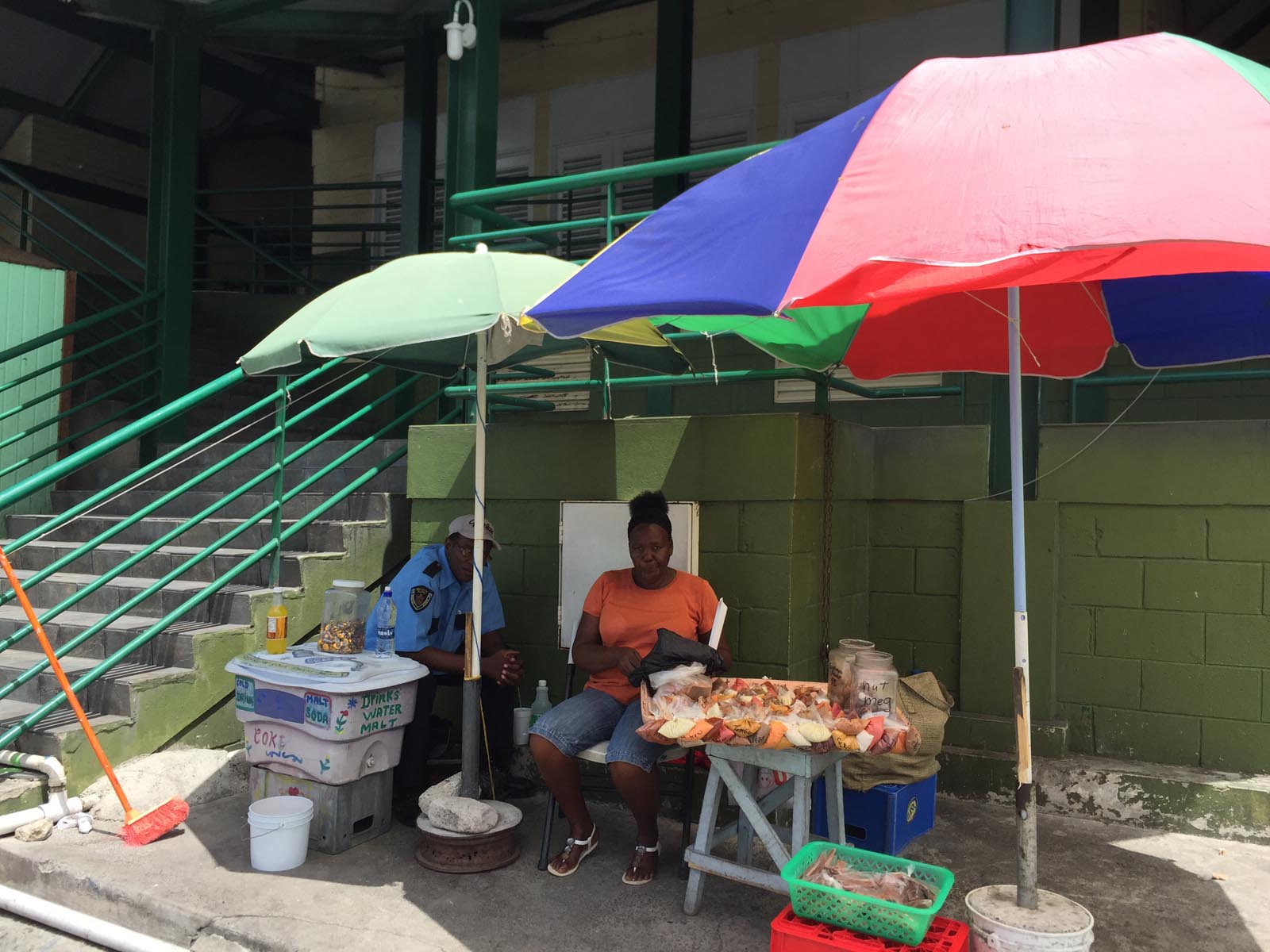
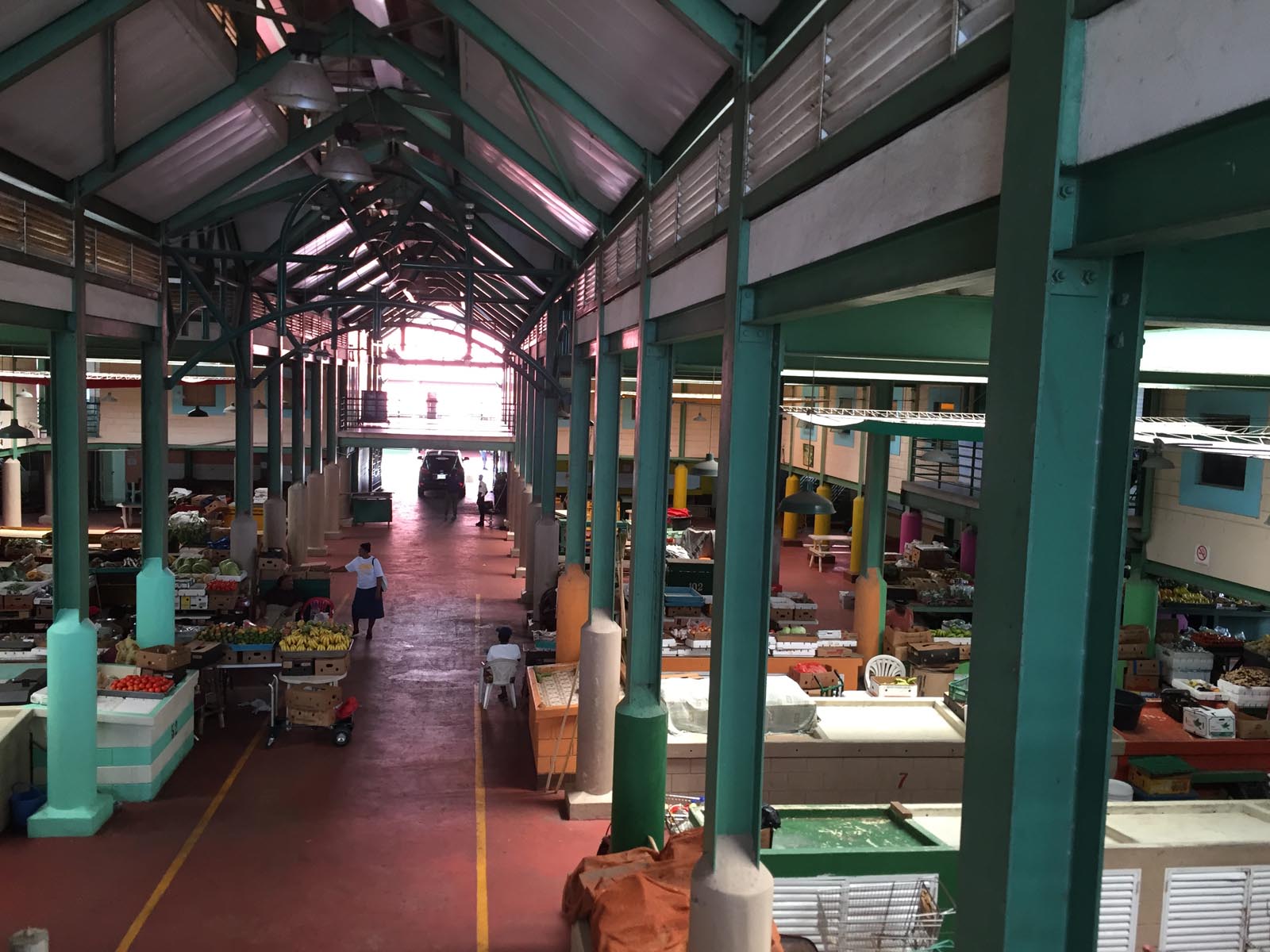
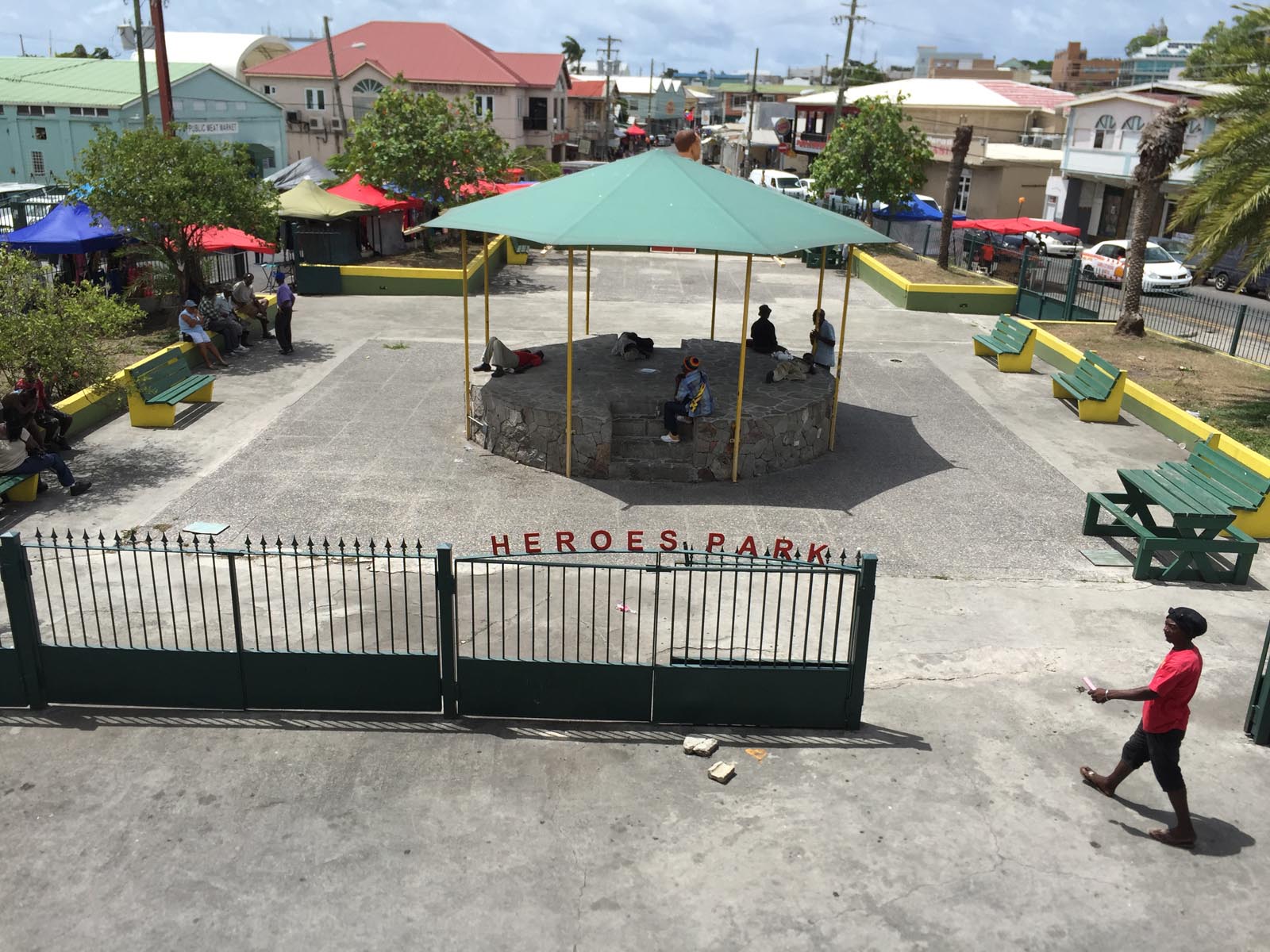


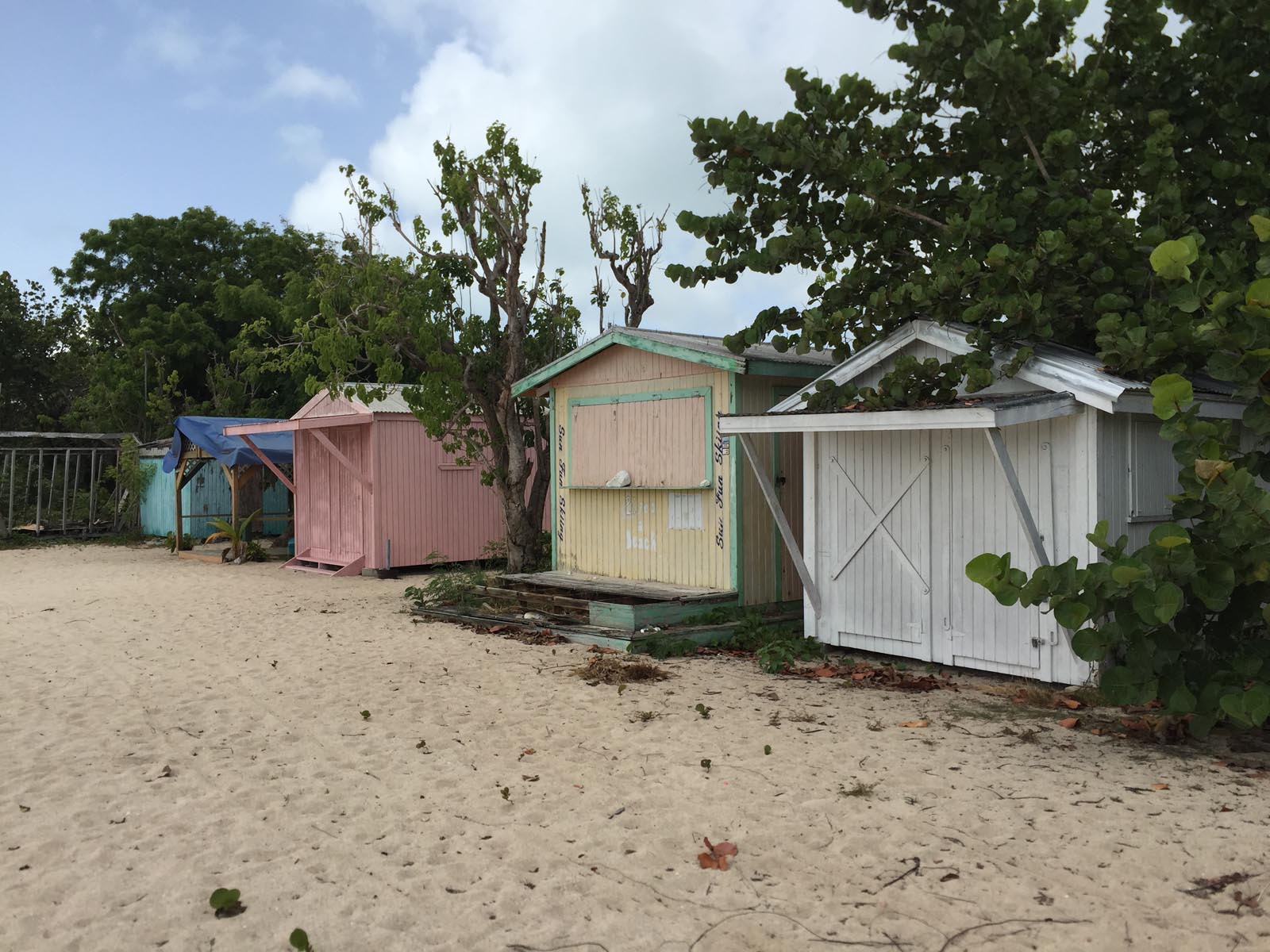
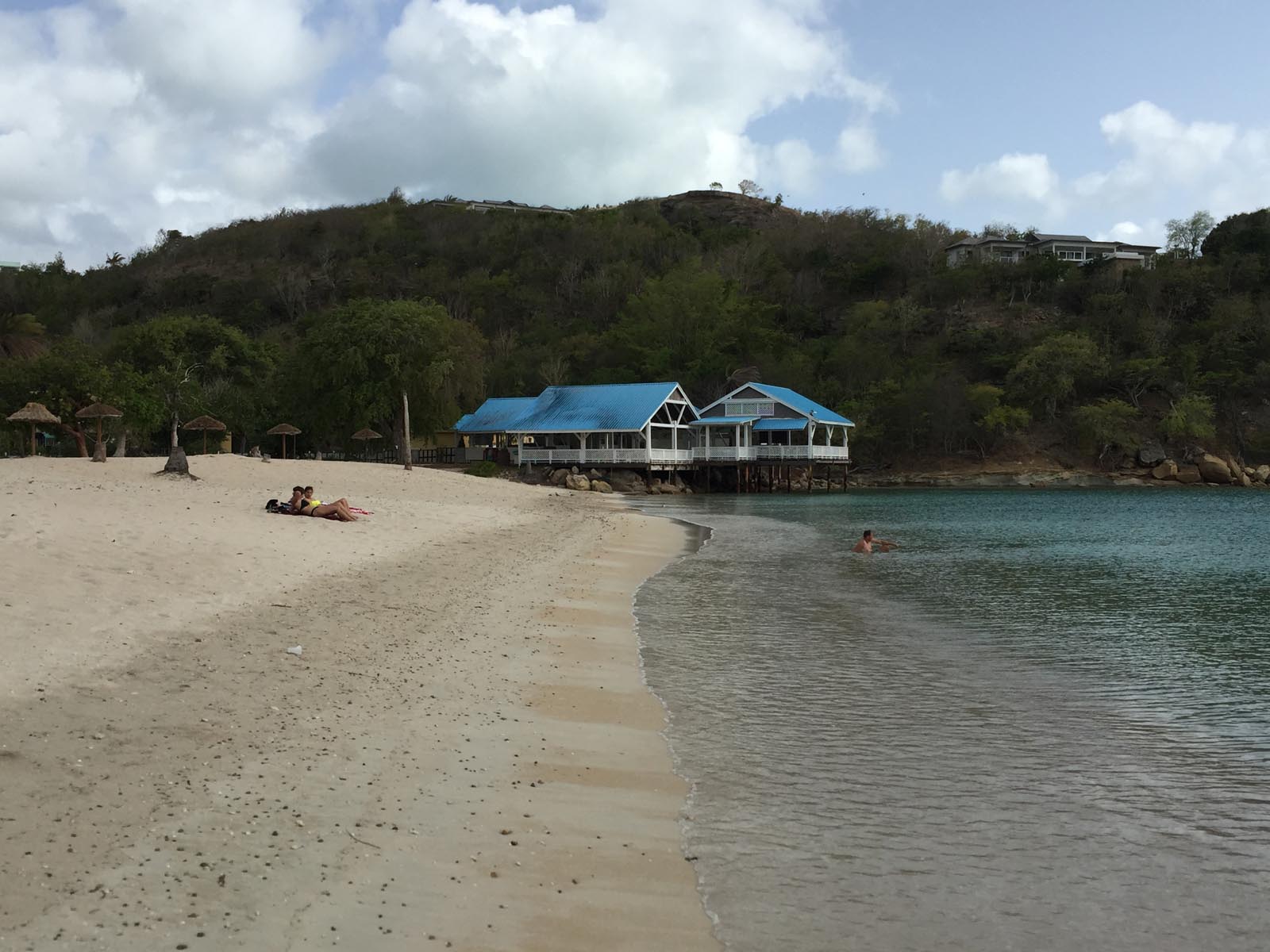
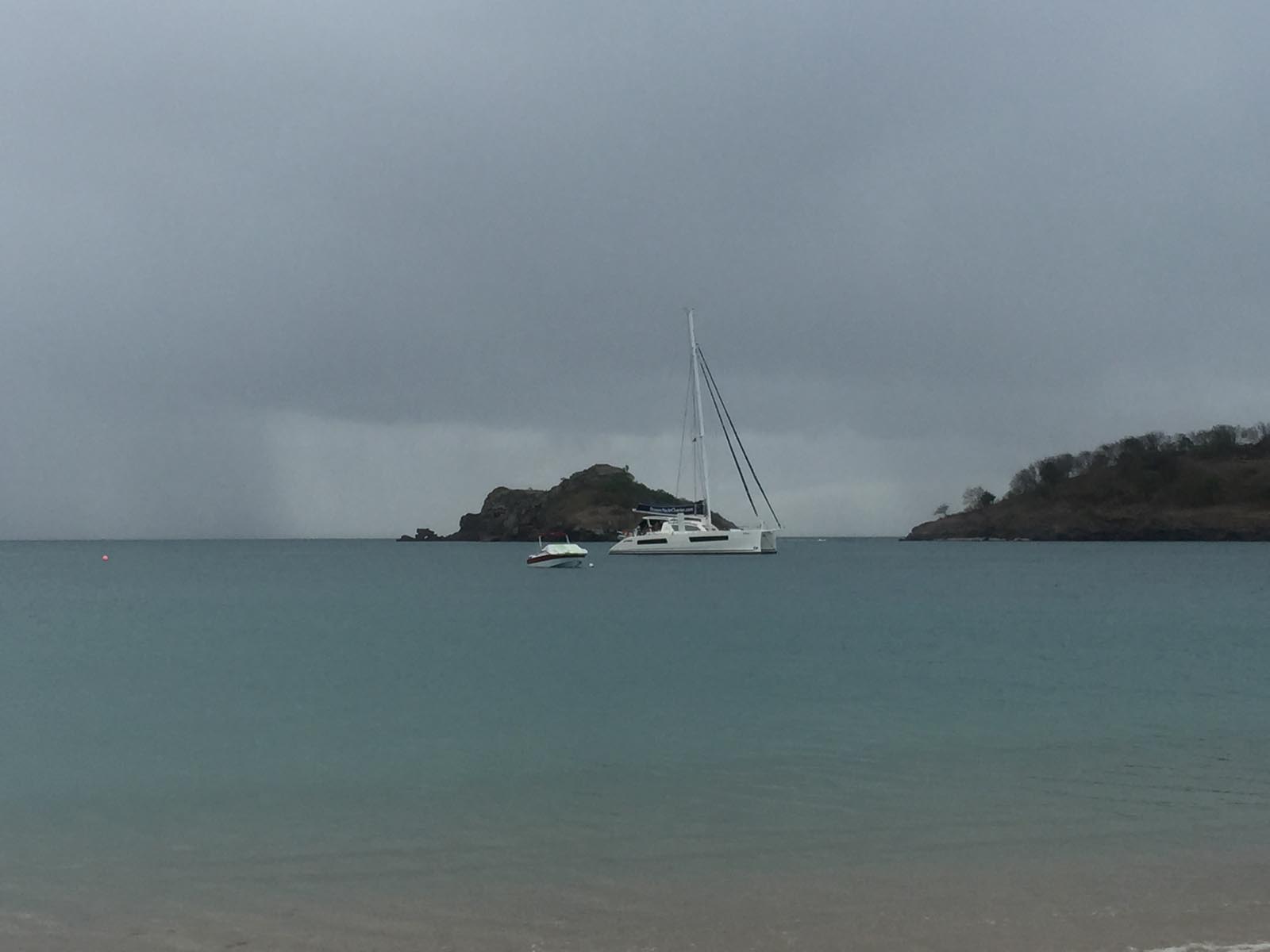
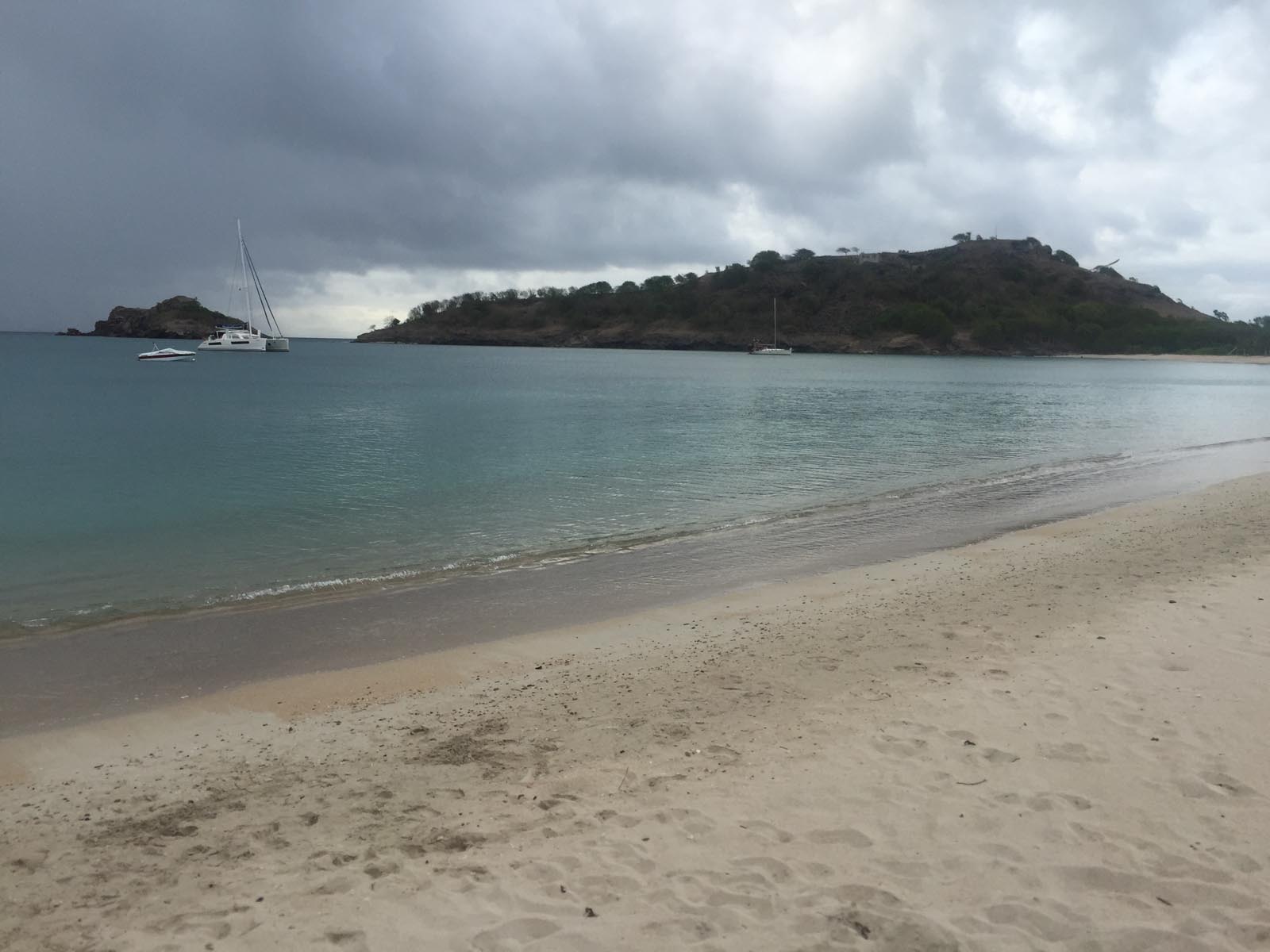
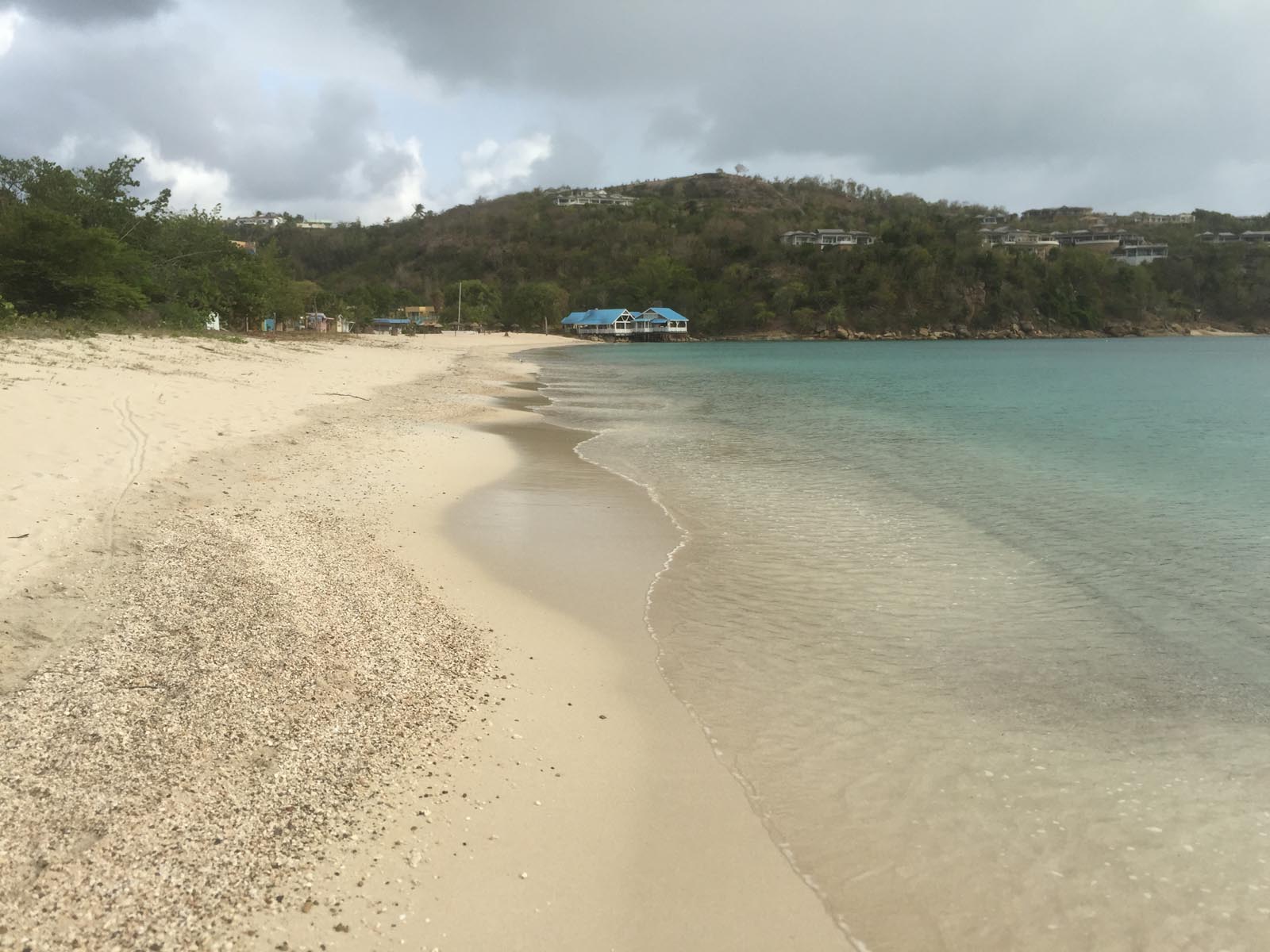
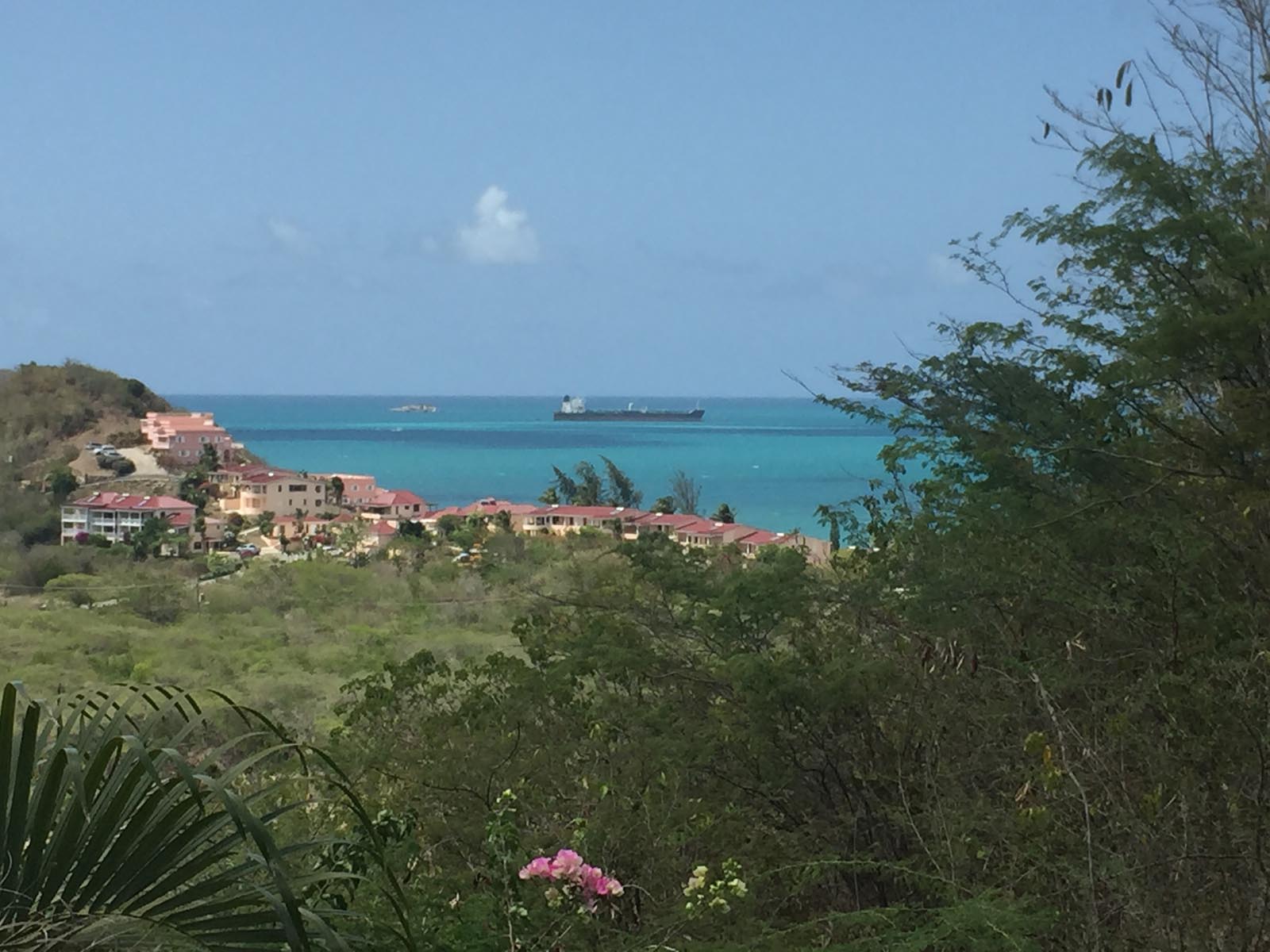
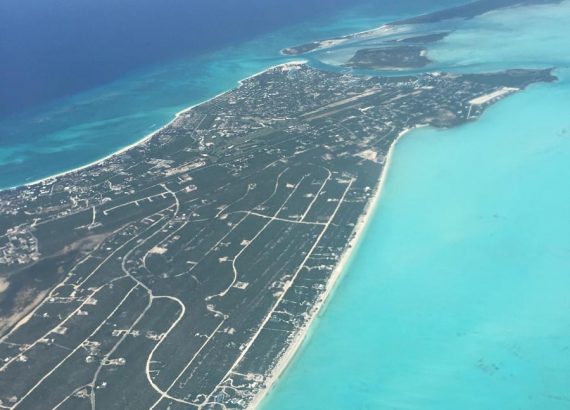
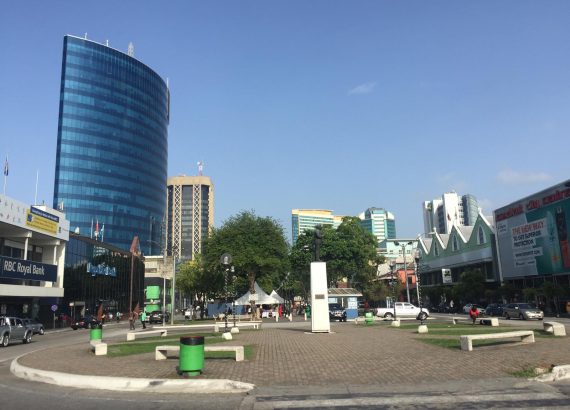
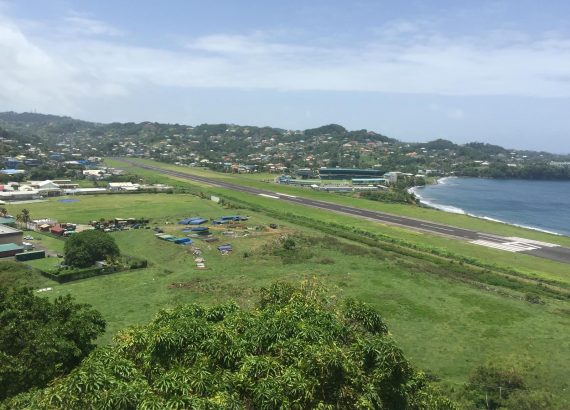
No Comments